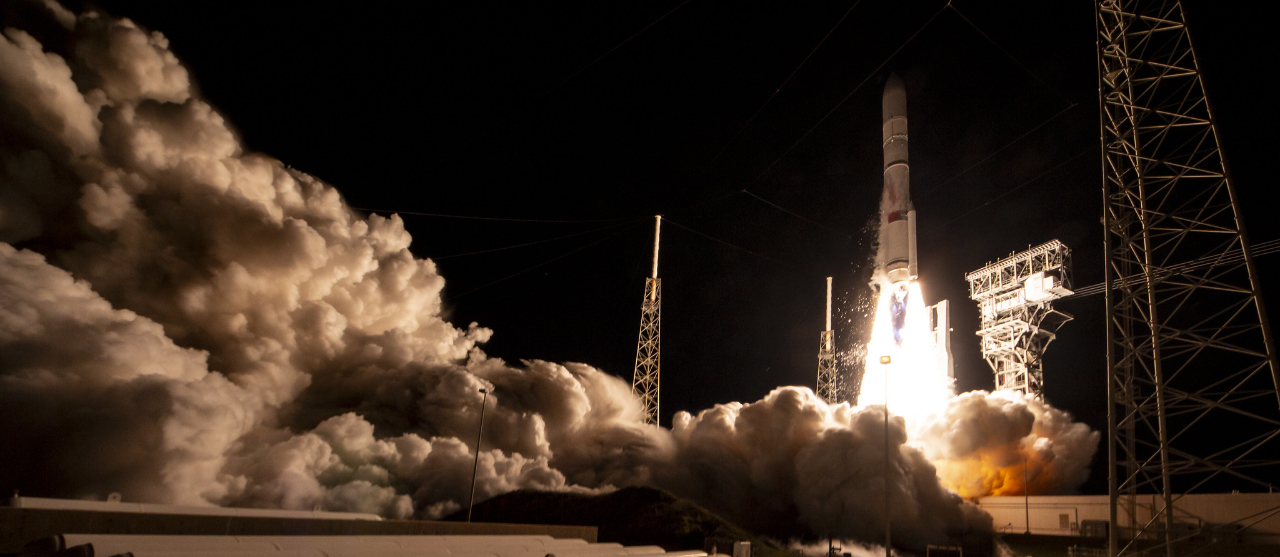Having seen a couple other such lists pop up recently, I thought I’d compile what I think are the top 25 spaceflight ‘things’ from the start of the year 2000 to the end of 2024. By ‘thing’ I mean missions, programs, events, discoveries, or anything else, because this is my list and I get to make the choices. When you disagree with my order or selection, please tweet at me to tell me why I’m wrong. Hopefully there will be some things in here you may have forgotten about or wouldn’t have otherwise considered!
25. Commercial Satellite Imagery and Starlink internet
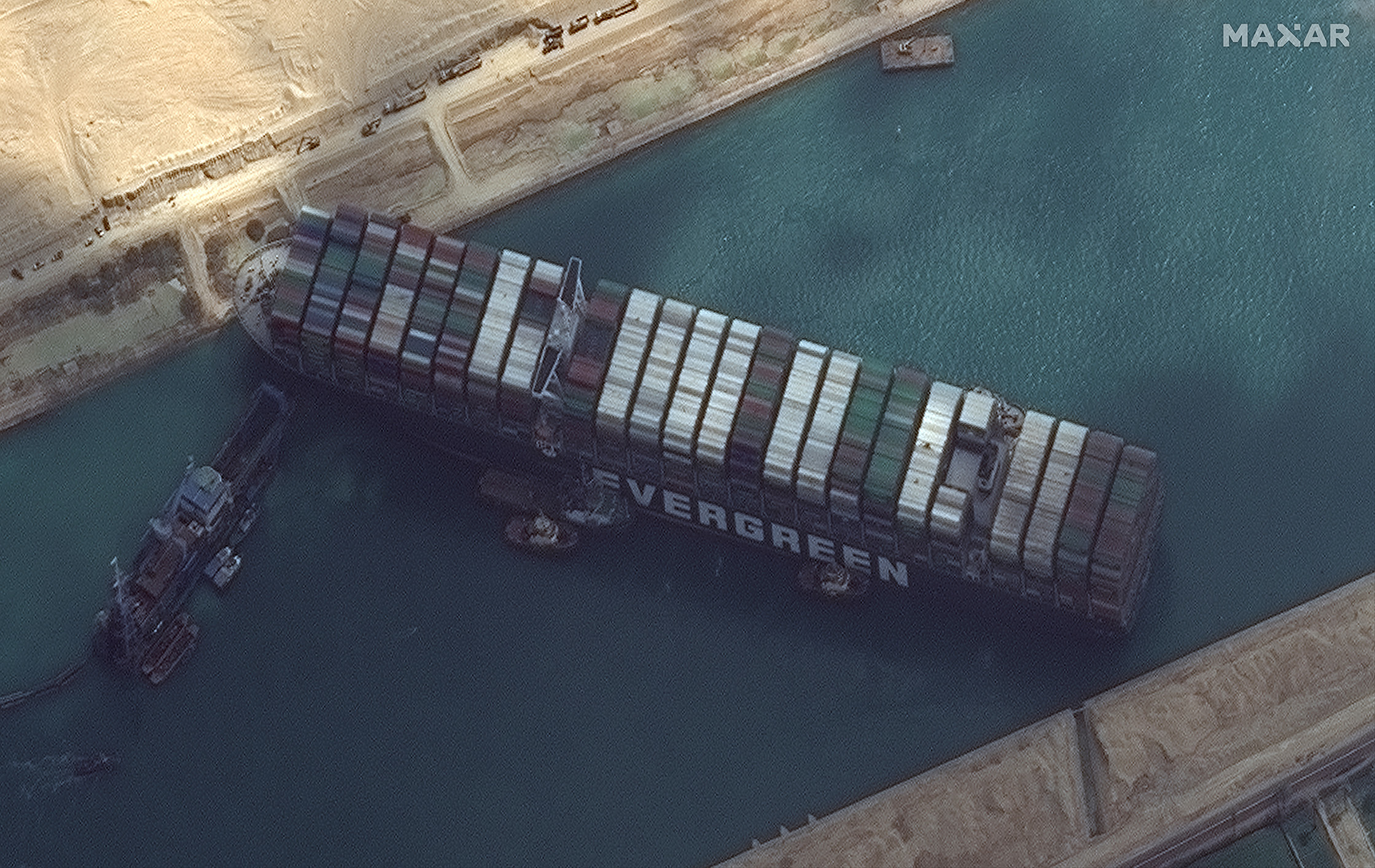
I’m starting the list with what really should be two separate entries, but I committed to a top 25, not a top 26, so here we are. So let’s consider this to be the cool stuff satellites let ordinary people do entry.
Did you know that Google Earth came out in 2001? Anyone could look at anywhere in the world and see what it looked like from space. Satellite imagery becoming accessible also helped people realize its usefulness, and several companies began pursuing commercial satellite imagery. One company, Planet, started launching their Earth imaging cubesat constellation in 2014, and became the world’s largest satellite operator with over 300 satellite in a few short years. Even more recently the emergence of up-to-date satellite imagery has allowed people to witness major world events in realtime, such as the blocking of the Suez canal, or the Russian invasion of Ukraine.
Consumer use of satellites took another major step forward with SpaceX’s Starlink, offering high speed low latency satellite internet nearly anywhere in the world. Since 2019 SpaceX has launched an astonishing 7500 satellites, more than all other operational satellites combined. Nearly everyone I talk to seems to know about Starlink, and I have started to see Starlink antennas frequently in my day to day. I was also delighted to witness a group of Starlinks pass overhead last winter, including an interruption from the ISS. Stargazing has also become satellite-gazing, and satellites are doing Earth-gazing, and those satellite photos are being viewed by millions of people over satellite internet.
24. Kepler finds planets
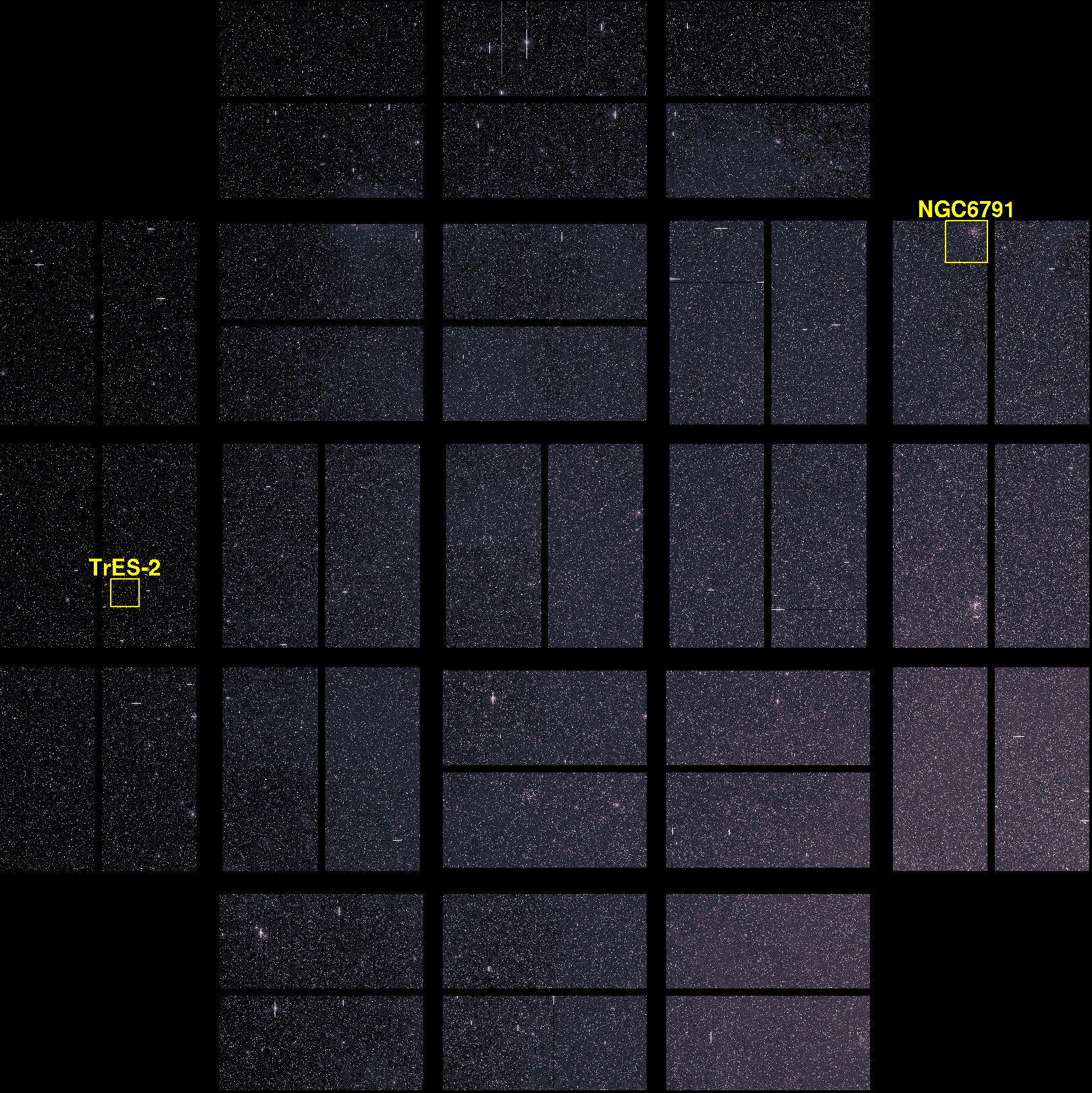
The Kepler space telescope, launched in 2009, spent 9 years looking for planets around other stars. It did this by observing tiny variations in the brightness of stars that occur at regular intervals, indicating that perhaps a planet is passing in between the telescope and the star. This requires looking at the same stars for a long period of time, so Kepler looked at over 100,000 stars by pointing at a 10 degree wide area of sky for several years straight. Over 2500 exoplanets (planets around other stars) were confirmed from Kepler’s observations, showing that there are more planets than stars—every star has more than one planet on average.
23. Dawn visits asteroids
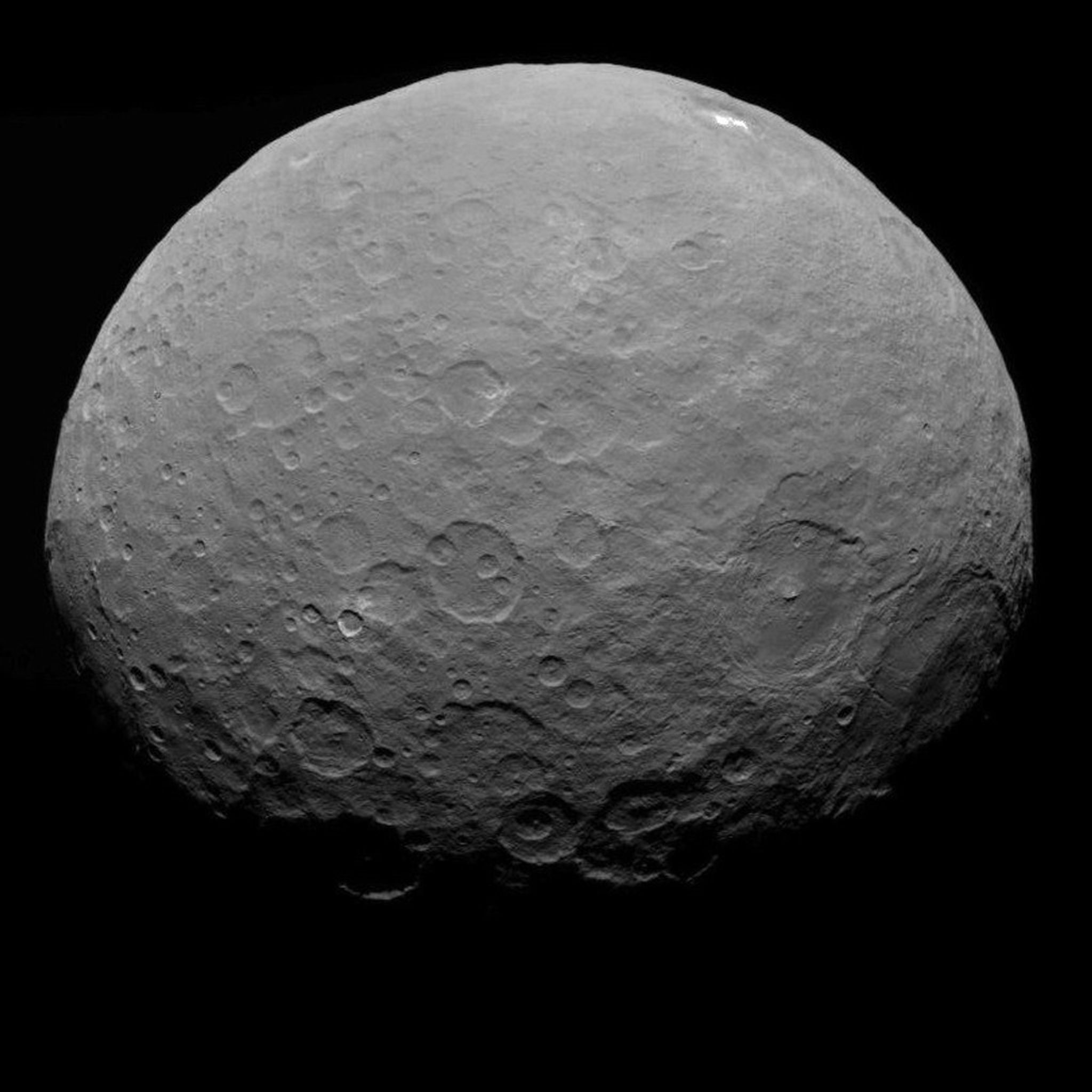
Launched for NASA in 2007, the Dawn spacecraft was sent off to the asteroid belt. Dawn was equipped with several ion thrusters, which have very low thrust but are extremely efficient. On just the way to it’s first Mars flyby, Dawn was under thrust for 270 days. In 2011, Dawn arrived at Vesta, the second largest asteroid, where it would spend over a year. Dawn then reached Ceres, the largest asteroid—and the only dwarf planet in the asteroid belt—in 2015, where the spacecraft completed consecutively smaller orbits, mapping the asteroid in progressively more detail. Dawn finally ran low on fuel in 2018 and was left in Ceres orbit. The ion engines operated for a cumulative 5.9 years.
22. New Shepard
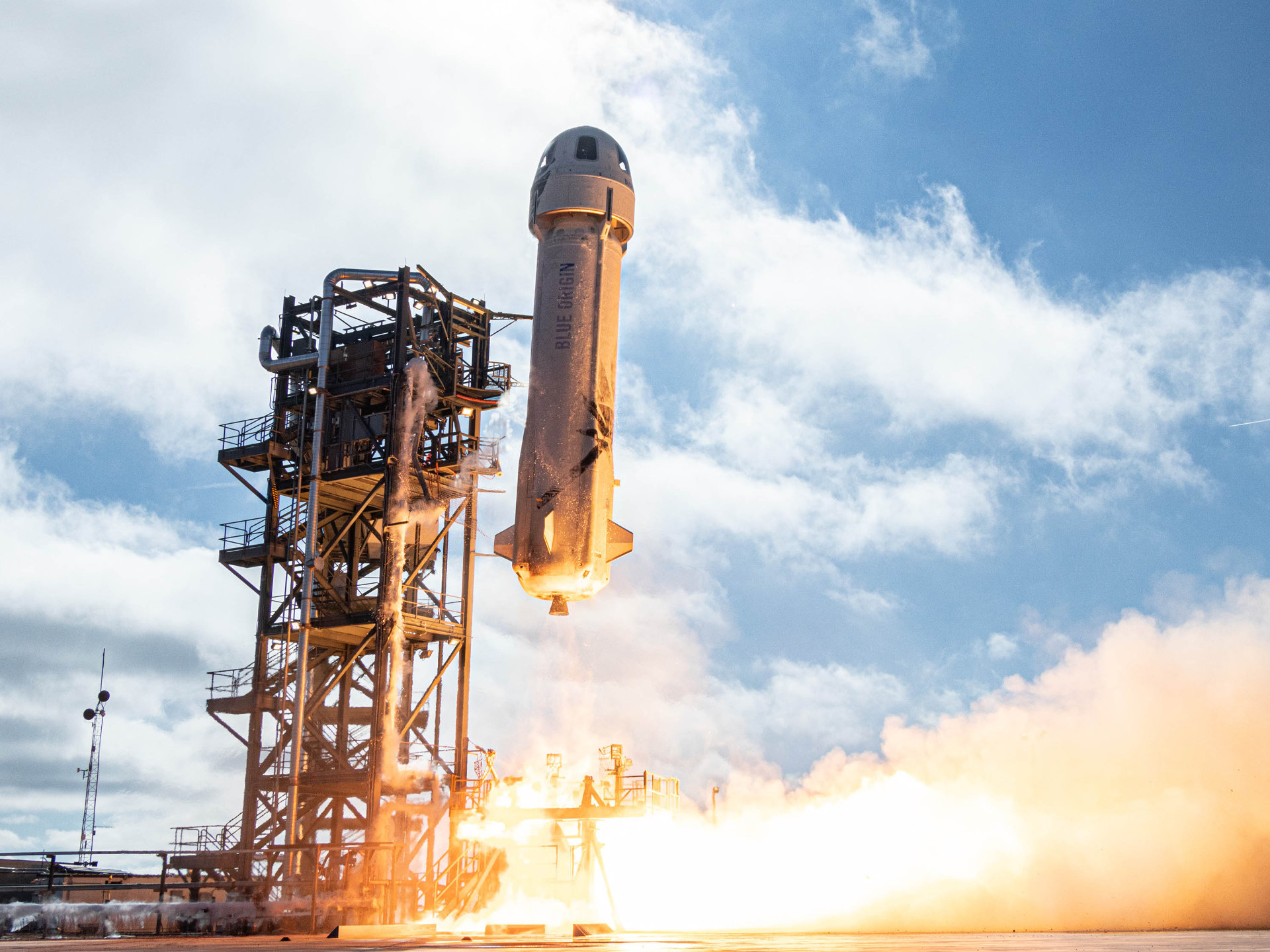
Like Alan Shepard’s first suborbital flight in 1961, New Shepard flies people up to the edge of space and then safely back to Earth. Blue Origin’s fully reusable rocket and capsule started flying people in 2021 after years of development and test flights. After the rocket engine shuts off, the capsule separates and gives its passengers a brief experience of weightlessness and a view from the edge of space. The capsule returns under parachutes, while the rocket lands on a landing pad under its own power, first demonstrated in November 2015.
21. SpaceShipOne (and SpaceShipTwo)

Designed by Burt Rutan and Scaled Composites in the early 00’s, SpaceShipOne was a suborbital spaceplane designed to win the Ansari X-Prize, a competition to demonstrate a spacecraft capable of performing suborbital tourism. In late 2003, SpaceShipOne was piloted above the 100km Karman line twice in a single week, winning the $10 million USD prize. The spaceplane featured a unique design, chosen by Burt Rutan to allow airplane like operation. It was carried to a high altitude by a traditional airplane before separating and igniting a rocket engine to reach the edge of space. On the way down, a part of the wings called the feather would fold upwards into a configuration that would ensure stability as the spaceplane hit the atmosphere. Once in thicker air, the feather would fold back to horizontal for the final glide to a runway.
Richard Branson would buy the technology and found Virgin Galactic, aiming to scale up the design to fit six passengers, and after 18 years and a fatal test accident, SpaceShipTwo would become operational in 2021, flying Branson and key employees to over 80km above the Earth, with several passenger flights following later in 2023 and 2024.
20. OSIRIS-REx pokes an asteroid
NASA’s first asteroid sample return mission was a massive success. In 2018 the spacecraft OSIRIS-REx arrived at the asteroid Bennu and spent two years studying the asteroid while looking for a good sample collection site. In late 2020 OSIRIS-REx approached it’s chosen sample site with an outstretched arm, and at the moment of contact, a blast of nitrogen unsettled the surface, pushing material into the ring shaped sample container. The surface was far softer than expected, and a large amount of material flew out in all directions, even as the sample container was overflowing. After hurriedly stowing the sample (the door on the collector was jammed open from excess material), OSIRIS-REx returned to Earth, delivering 121.6g of material for study.
19. STS-125: The last Hubble servicing mission
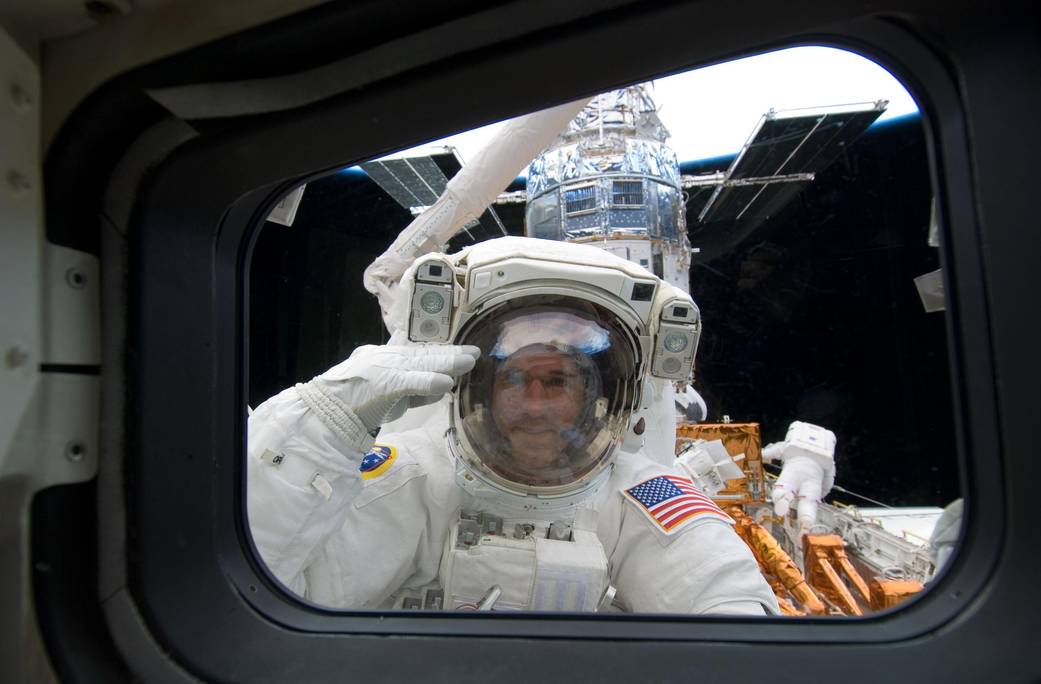
I would be remiss if I didn’t include at least one Space Shuttle mission on this list, and STS-125 stands out as it was the final mission to service the Hubble Space Telescope. After the Columbia disaster in 2003, Shuttle flights were limited to ISS visits where the crew could wait for rescue if the Shuttle suffered similar damage to what doomed Columbia. As a result, a mission to service Hubble was off the table for many years, but with a second Shuttle readied for a possible rescue mission, STS-125 was able to launch the fifth and final Shuttle mission to Hubble in 2009 to replace failure prone gyroscopes and to upgrade the image sensors. The seven person crew conducted spacewalks on five consecutive days for a total of over 36 hours outside working on the telescope. The mission went spectacularly and the replacement hardware likely gave Hubble at least two additional decades of useful life. After 19 years on orbit, Hubble was the best it had ever been, and although it is now again suffering from several gyroscope failures, Hubble is still making unmatched observations.
18. Hayabusa2 shoots an asteroid
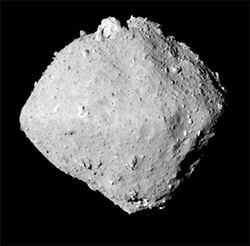
Hayabusa2 was the ambitious follow-on to the Japanese Space Agency’s ground breaking Hayabusa asteroid sample return mission. After arrival at the asteroid Ryugu in 2018, Hayabusa2 got to work mapping the asteroid’s surface and deploying it’s many sub-spacecraft. Three ‘rovers’ were dropped onto the asteroid, which performed traversals by ‘hopping’ across the surfaces. A free flying camera watched when a kinetic impacter powered by a shaped explosive blasted a crater where several target markers had been dropped (the main spacecraft hid behind the asteroid for safety). Hayabusa2 then lowered itself into the crater to grab samples from the interior of the asteroid, alongside samples acquired previously from the surface. Ultimately Hayabusa2 successfully returned 5.4g of pristine asteroid material to Earth for study in 2020, and it is now on its way to visit more asteroids while fuel reserves last.
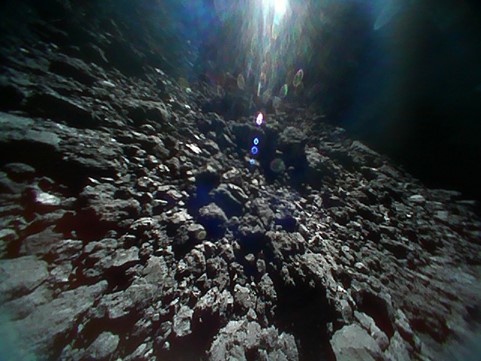
17. Chang’e 5 sends a piece of the Moon back to Earth
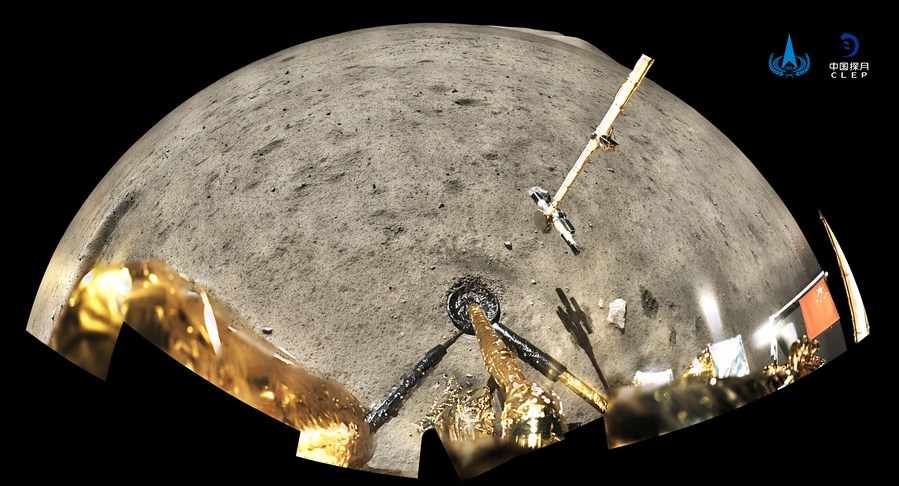
Part of an ambitious robotic lunar program, China’s Chang’e 5 was the first mission to return lunar samples in nearly half a century. Preceded by a long lived lunar rover, and succeeded by a second sample return, Change’e 5 stands out as the successful lunar sample return this century. An orbiter and lander separated from each other upon arrival at the moon, and the lander went down to retrieve samples. Once acquired, the lander stored the samples in an ascent rocket which launched to meet back up with the orbiter, which then took the samples, put them in an Earth reentry capsule, and left the Moon to return the samples to Earth. After dropping the entry capsule on the Gobi Desert, the orbiter flew back out to the Moon to test operations in various high orbits.
16. Tianwen-1 does everything at Mars
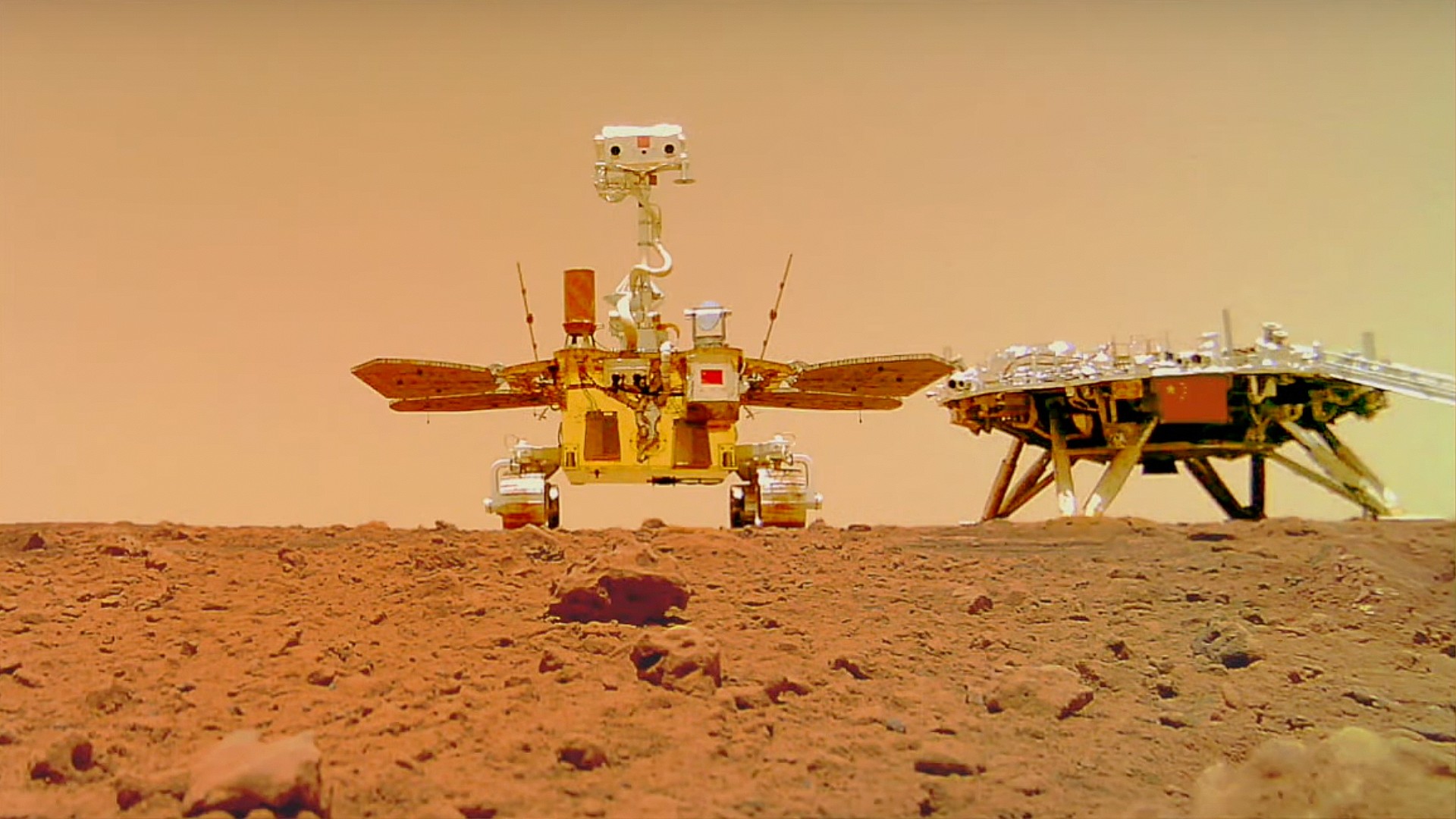
During the busy 2020 Mars launch window, three nations sent missions to the red planet, two for the first time—China and the UAE. China went all in with an orbiter, lander, and rover on their first interplanetary mission. After several months surveying the planet from orbit, the Tianwen-1 lander made history as China became only the second nation to successfully conduct operations on the surface of Mars. The little Zhurong rover descended off the lander’s platform and travelled nearly two kilometres over its year long mission on the surface.
15. Cassini and Huygens reveal Saturn and its moons
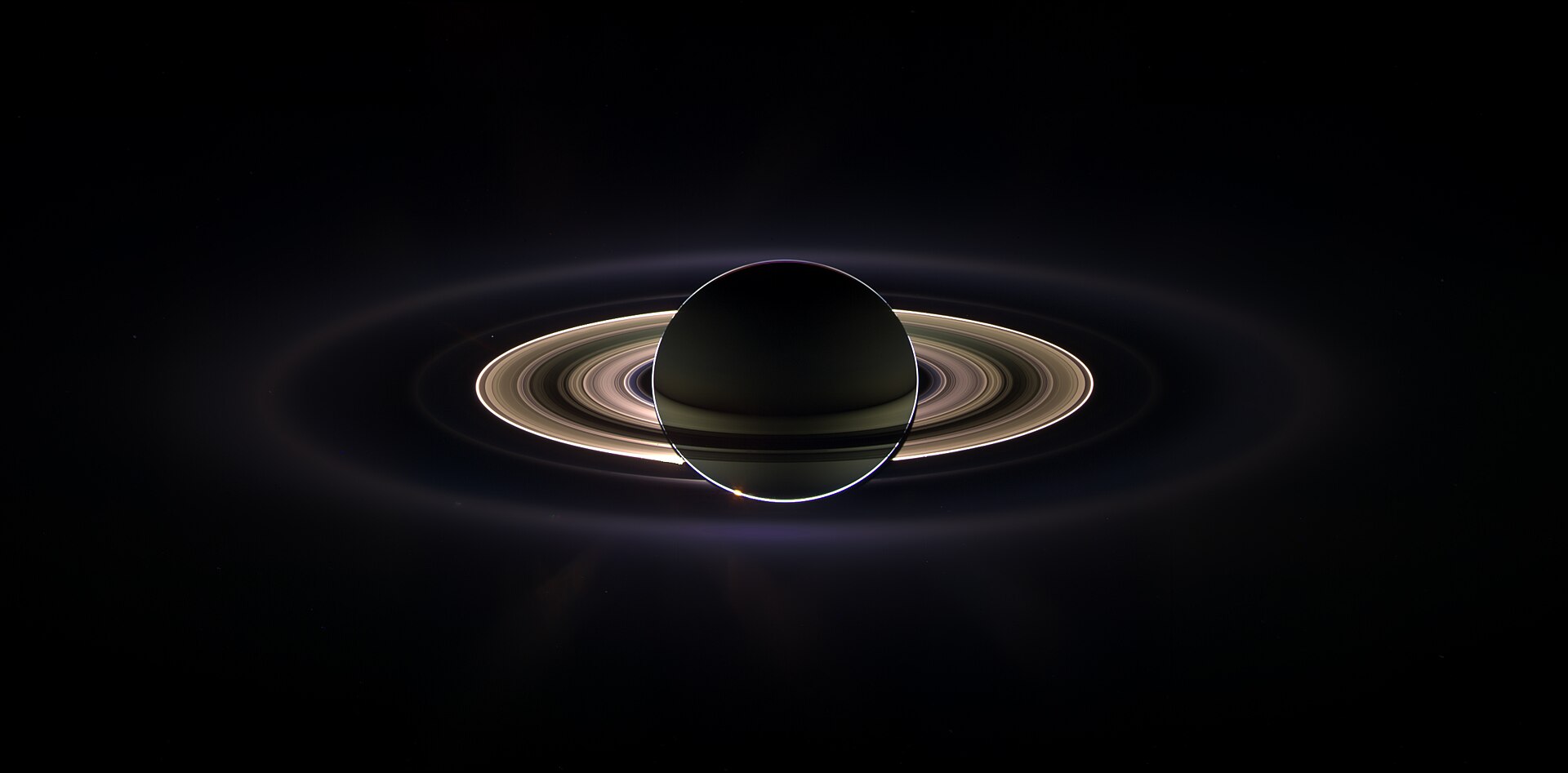
In 2004, the Cassini spacecraft entered orbit around Saturn, the first and only orbiter to do so. For 13 years it provided stunning photos of the ringed planet and its many moons. It mapped the moons, observed the dynamics of the rings, and watched Saturn’s weather patterns, before plunging into Saturn in a viking funeral at the end of it’s mission, sending data back to Earth until the very end. Cassini discovered liquid methane on the moon Titan, and a subsurface ocean on the moon Enceladus—which is now one of the best candidates for extraterrestrial life in our Solar system.
Carried along was a small European probe, Huygens, which was released into the atmosphere of Saturn’s moon Titan, becoming the first and only lander on any world beyond the asteroid belt. It pierced the clouds and revealed the veiled terrain of the strange moon while parachuting to the surface.
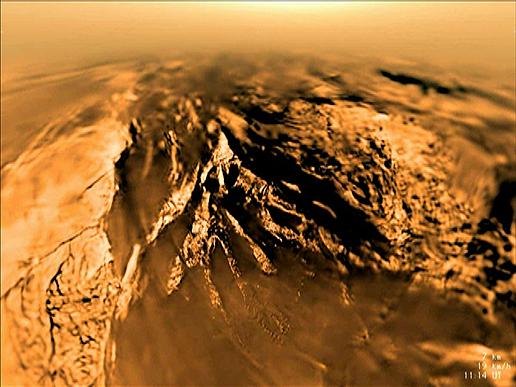
14. Chinese Human Spaceflight
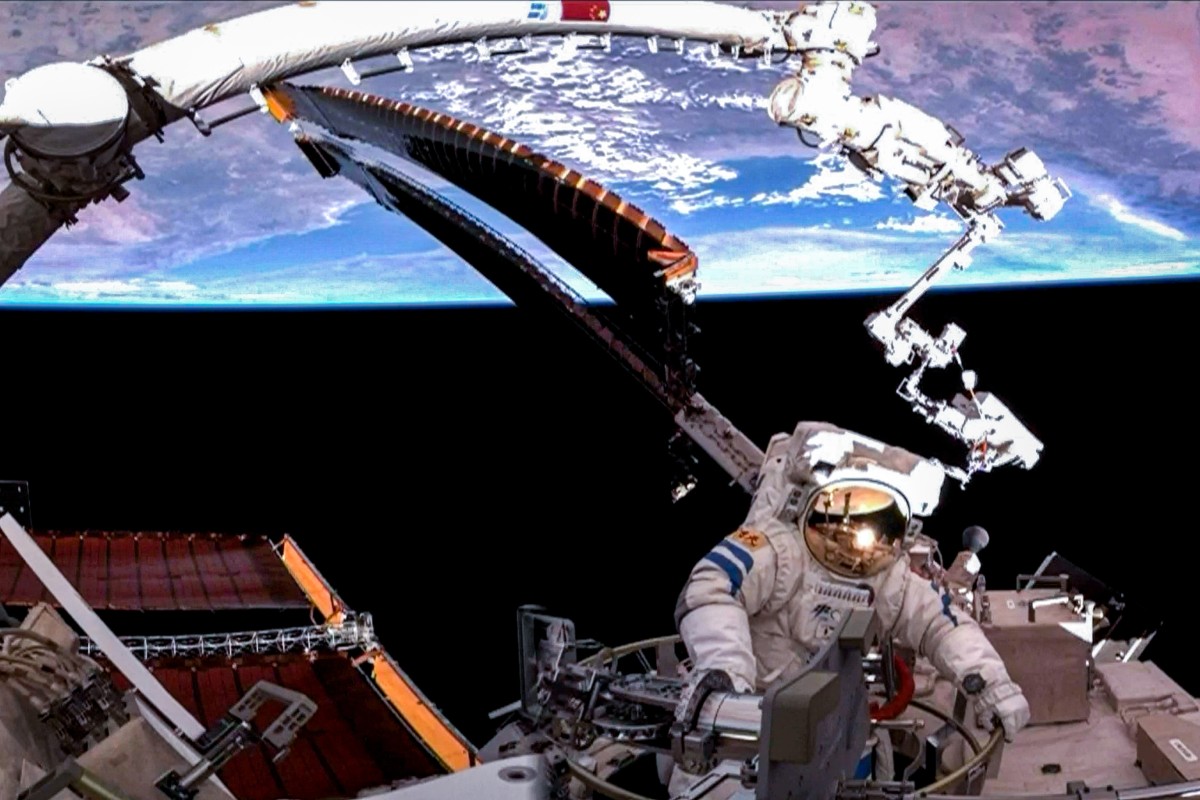
In 2003 China became only the third nation to fly people into space (after the USSR and USA). In 2008, on their third human spaceflight, they conducted the first Chinese spacewalk. In 2011 they launched the Tiangong 1 space station, which was visited twice in 2012. In 2016 the Tiangong 2 space station was launched and visited one time. In 2020 they launched a test vehicle for their next generation space capsule. In 2021 and 2022 three modules were launched to create the modular Tiangong space station (also called the Chinese Space Station), and the station has been permanently occupied by rotating six month crews since 2022. Although China has only launched 14 human spaceflights, they have gone from no capability to a fully crewed space station in less than twenty-five years, with ambitions to go to the Moon in the next decade.
13. Rosetta and Philae explore a comet
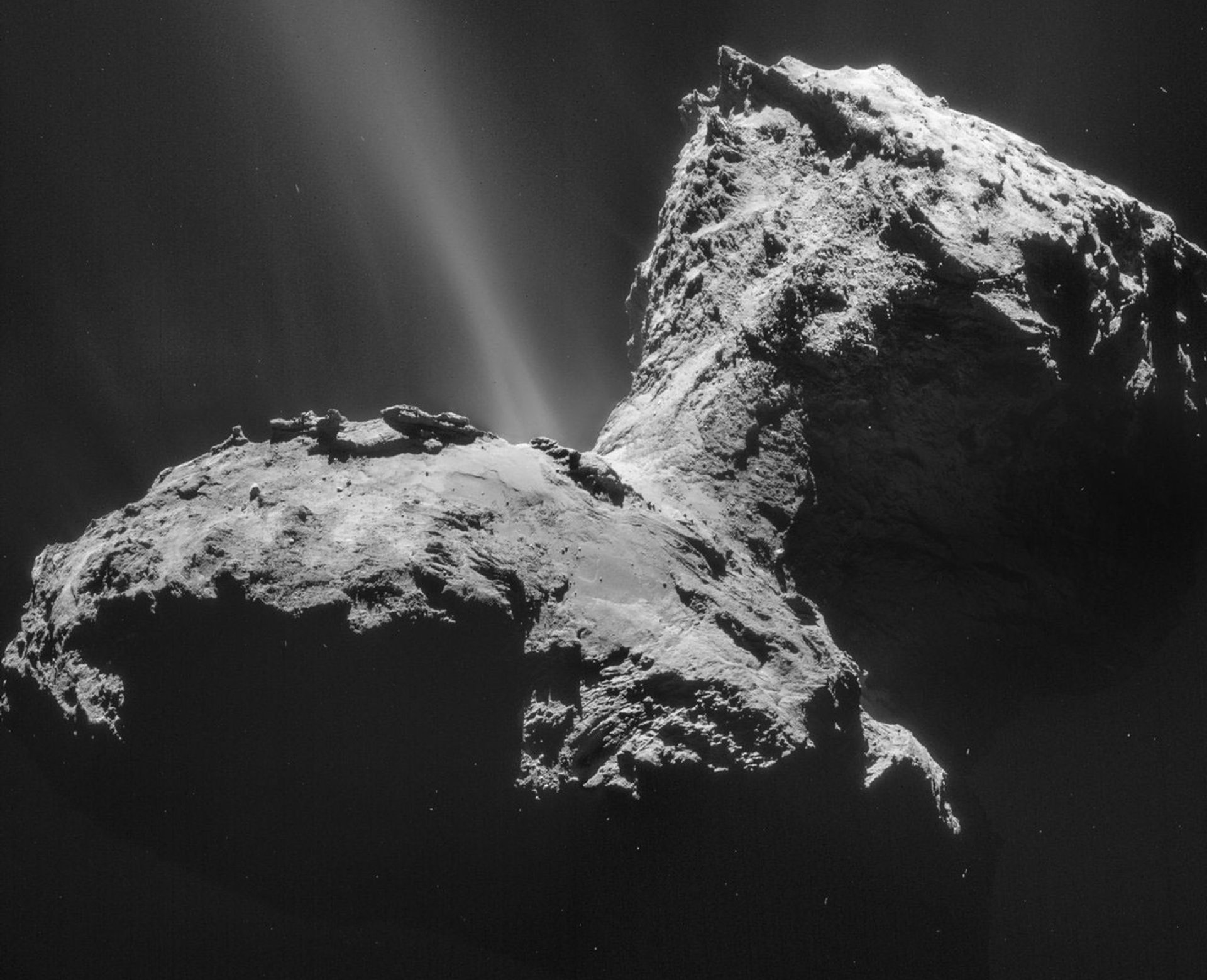
ESA’s Rosetta mission is the most ambitious yet undertaken to a comet, visiting 67P/Churyumov-Gerasimenko from 2014 to 2016 and depositing a small lander named Philae onto its surface. The mission revealed a breathtakingly beautiful world, complex in shape, and over 4km in length. Many of Rosetta’s images feature streams of volatiles ejecting from the Comet as it made its close approach to the Sun, causing visible changes to the comet’s surface. The Philae lander touched down on the comet, and although it bounced into permanent shadow, it provided stunning views of great cliffs and boulders amidst flying dust.
12. Falcon Heavy’s first flight
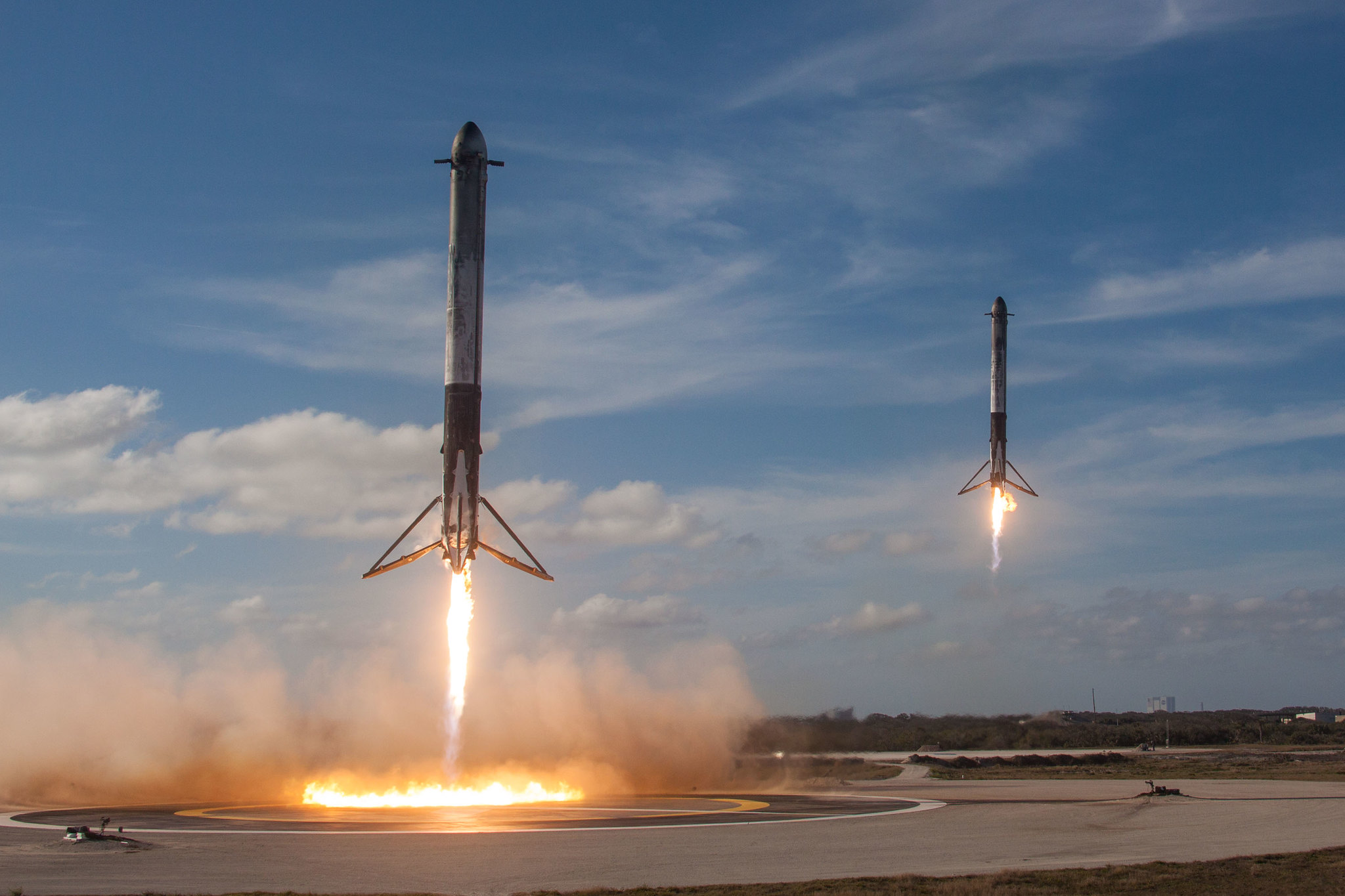
Ultimately Falcon Heavy is one of the most frivolous entries on this list, but it is pretty damn cool. Twenty-seven Merlin engines roar into the sky, and then two separate rocket boosters reappear minutes later—announced by multiple sonic booms as they slow to perfect side by side landings. Watching the 2018 Falcon Heavy demo flight is one of my most vivid spaceflight memories, and the live webcast remains one of the most rewatchable launches of all time. I also have to give a nod to the Starman mannequin in Elon’s roadster orbiting Earth during the coast phase, an amusing view we are never likely to see repeated.
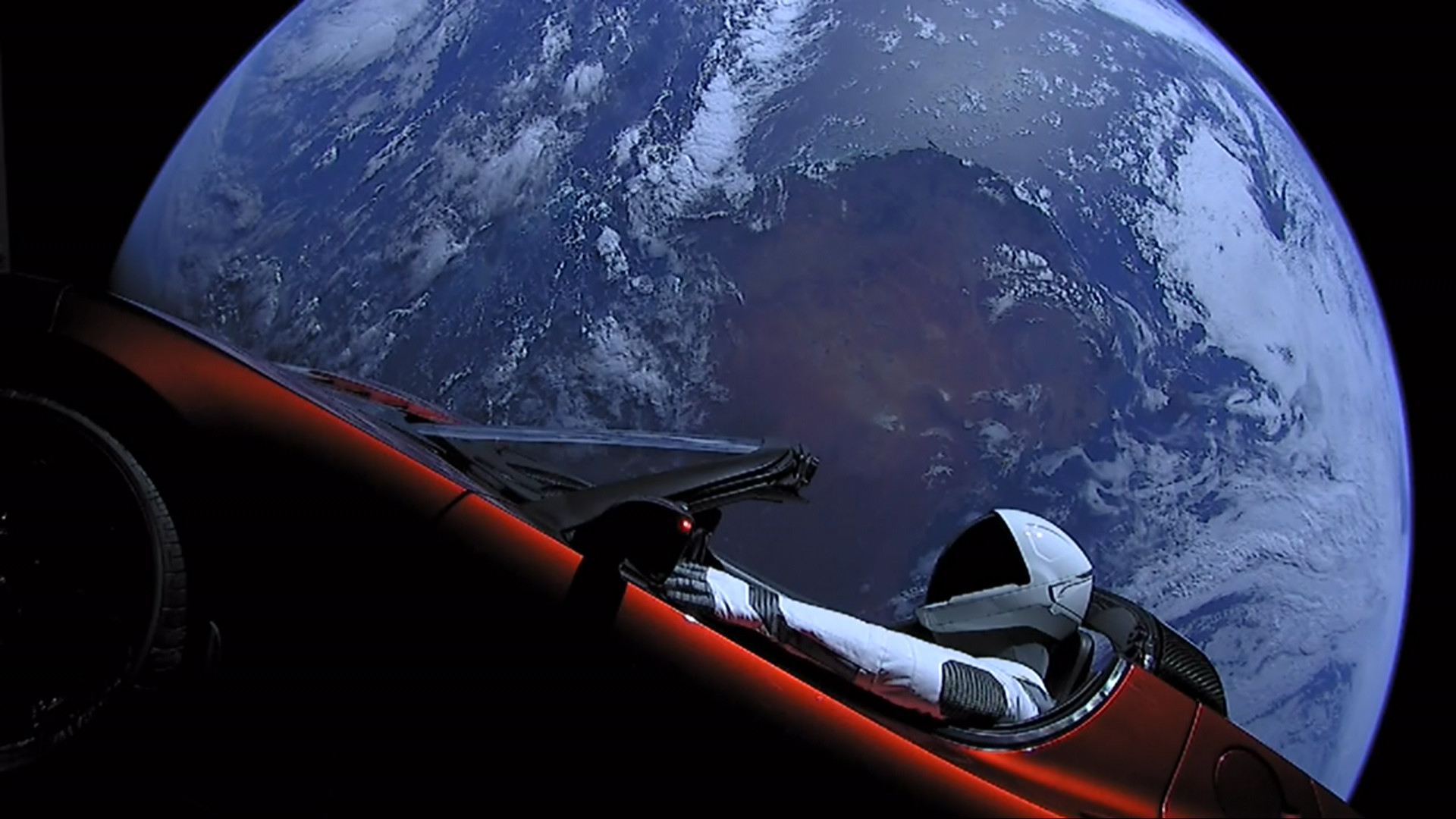
11. Dragon Demo-2 returns human spaceflight to America
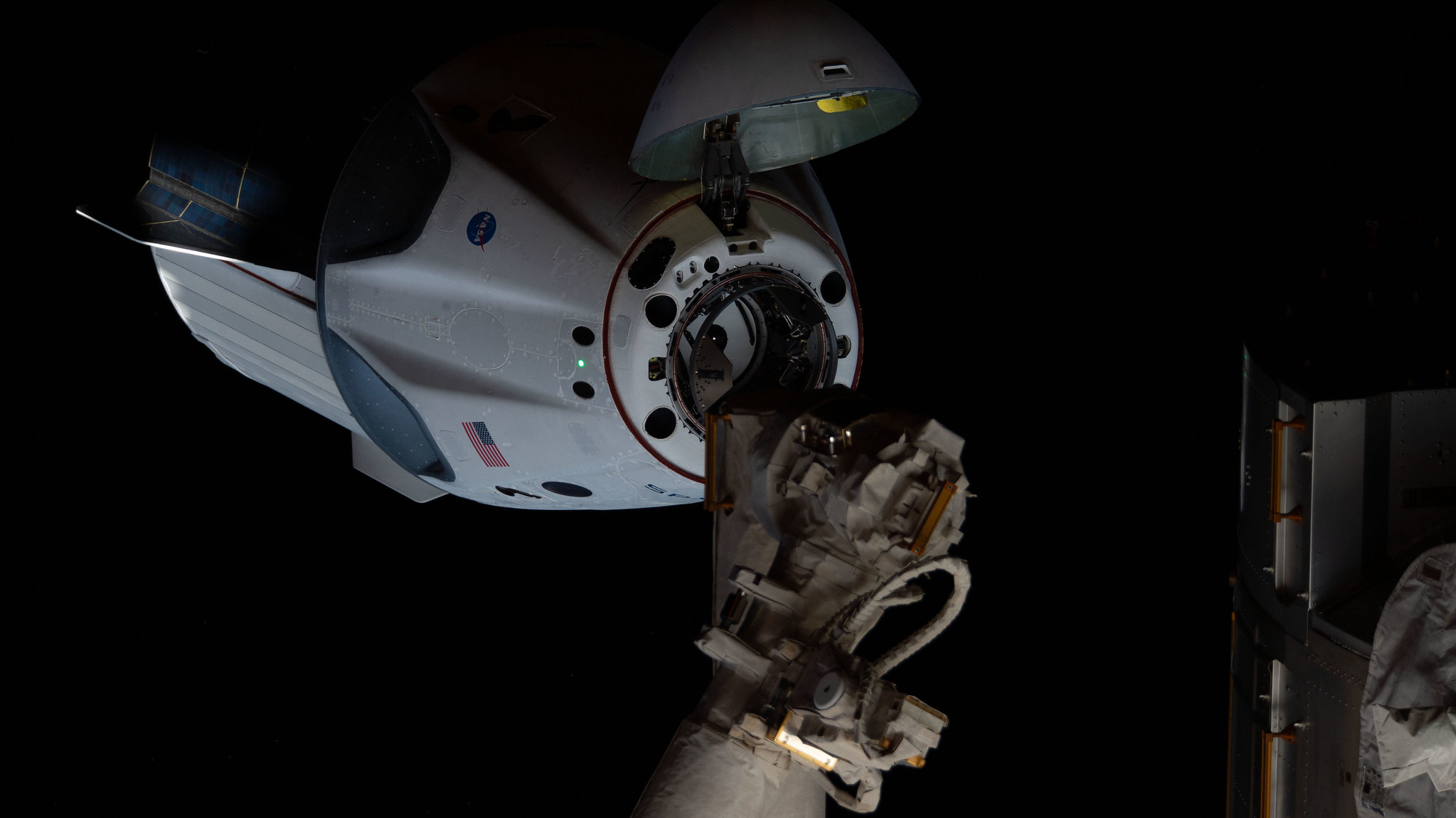
Returning human launch to the US for the first time since the Space Shuttle retired was important, but the 2020 launch of SpaceX’s Crew Dragon on its Demo-2 mission with Bob Behnken and Doug Hurley was also exciting on its own merits. This was the first orbital spacecraft designed in the 21st century, and the first to be privately developed, and it was actually launching people to space! Amidst the early shutdowns of the COVID-19 pandemic, SpaceX was completing its greatest milestone to date, and only 4.5 years later the 15th Crewed Dragon mission is at the space station, with many more to come.
10. Kerbal Space Program
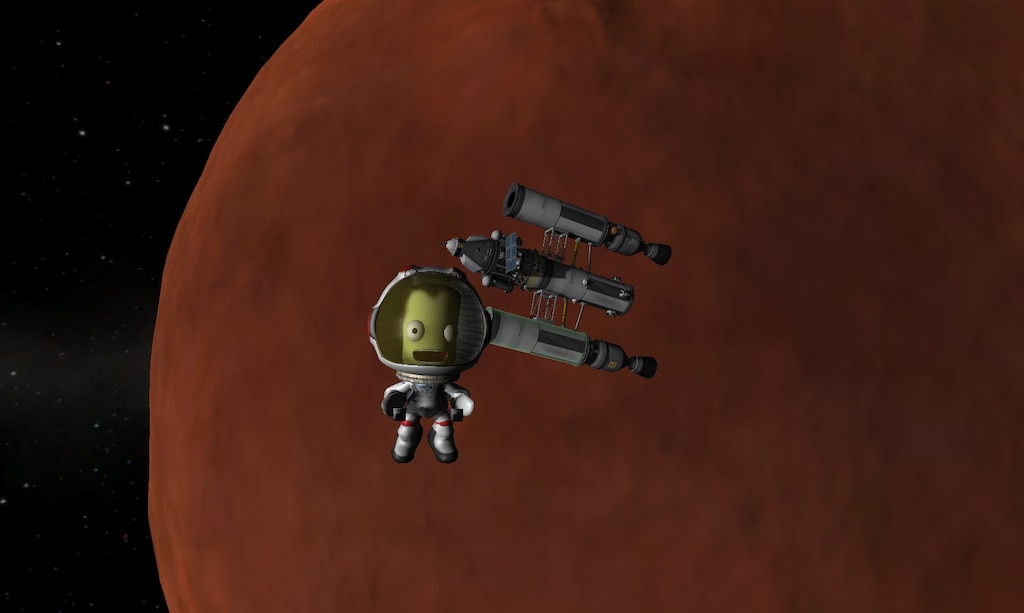
You’re probably saying “Kerbal Space Program isn’t real, it didn’t even happen in space, why is it on this list?” In my defence, KSP is still spaceflight, it isn’t in the real world. First released in 2011, KSP is far more than just a space game. What at first seems like a simple game about building rockets to launch little green aliens is actually an ingenious learning pathway for gaining intuitive understanding of orbital mechanics, delta V, ISP, the tyranny of the rocket equation, interplanetary transfer windows, parasitic mass, aerodynamics, the difference between weight and inertia, and so many other key nuggets of spaceflight knowledge. It isn’t real rocket engineering, but it’s an excellent gateway drug. I definitely blame KSP for my own spaceflight obsession, and between collaborations with NASA and ESA and the public praise many in the aerospace industry have given KSP over the years, it fully deserves a place on this list.
P.S. If you want to get into Kerbal, buy KSP 1 and look up tutorials by Scott Manley and Matt Lowne. KSP 2 is an unfinished game dropped by its publisher and isn’t worth your money, while the original is excellent and has amazing mods.
9. Oppy’s Long Journey on Mars
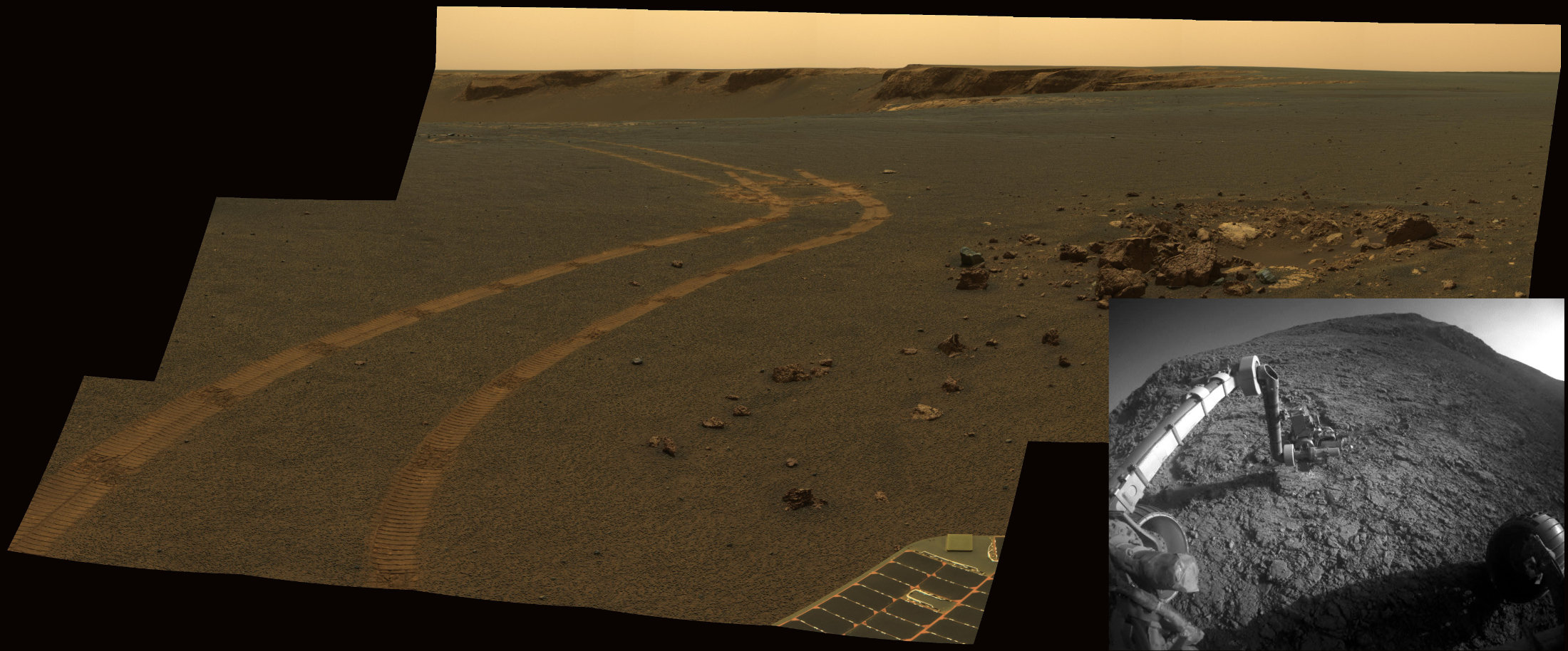
In 2004 NASA landed two ambitious rovers on Mars, Spirit and Opportunity. Each the size of a small golf cart, they began the first mobile exploration of our red neighbour during their planned 90 sol (martian day) missions. It was feared that dust would accumulate on their solar panels, rendering them powerless, but roaming dust devils and other wind events routinely cleared away the dust such that the rovers just kept working. In 2009 Spirit became stuck in soft sand, and operators were unable to free her. Spirit powered down in 2010, after lasting 20x the original mission length. Opportunity however, just kept going, and going, and going, eventually logging 45.16 km of traverse. After nearly 60x the original mission length, in June 2018, a massive sandstorm blocked out the sun, and Oppy’s power dwindled until she shut off. Attempts to re-establish communication when the dust storm ended were unsuccessful, and Oppy’s long journey came to an end.
Not only did Spirit and Opportunity prove that Mars rovers could do excellent work, leading to the larger Curiosity and Perseverance rovers, they surpassed expectation and gave an unprecedented opportunity to explore Mars up close, and they found clear geologic evidence of past liquid water on Mars’s surface.
8. DART smashes into an asteroid
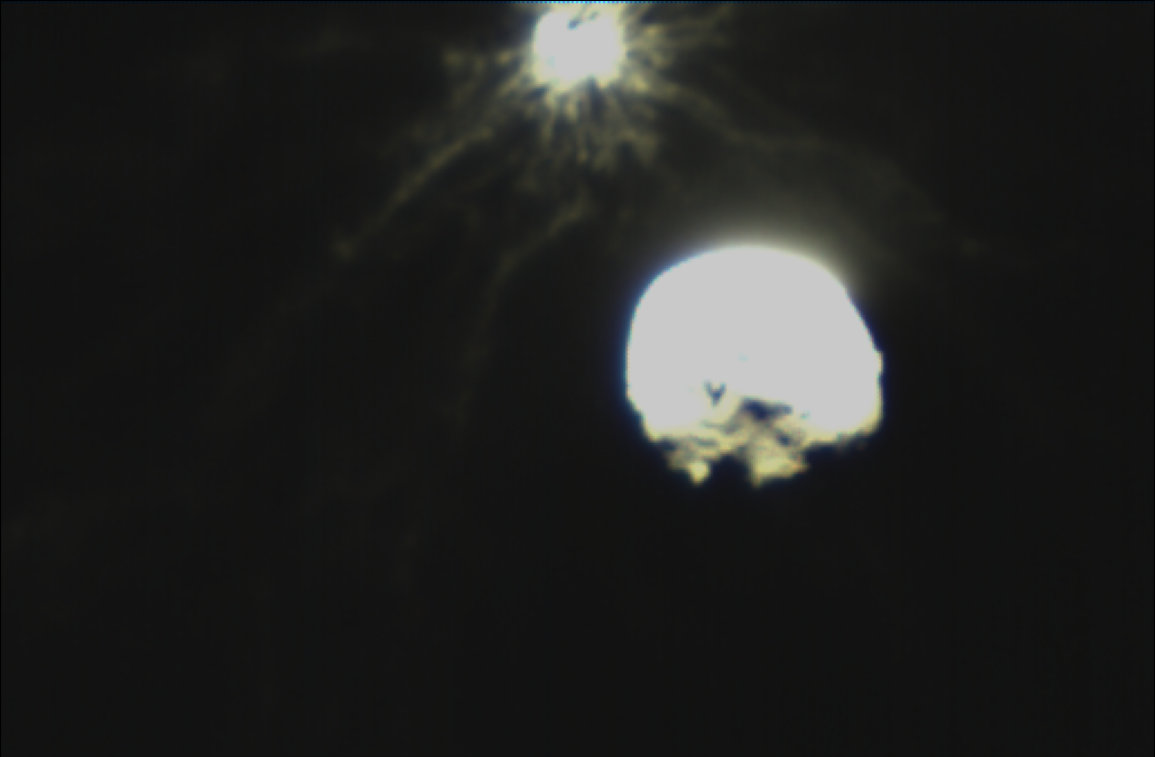
Spacecraft have visited asteroid before, and they have touched asteroids before, but only NASA’s Double Asteroid Redirection Test (DART) has measurably altered an asteroid’s trajectory. The first true planetary protection test, DART smashed into a asteroid moonlet at 6.6 km/s, measurably altering the moonlet’s (Dimorphos’s) orbit around the larger asteroid (Didymos). By analyzing the momentum change and the trail of debris, we can refine models for asteroid impacts so that, if an asteroid ever needs to be nudged away from the Earth, we will know how to do so. It will also be fascinating to see the aftermath in detail when the ESA Hera spacecraft arrives at Dimorphos in 2026.
Given the nature of DART’s mission (to destroy itself against an asteroid while going really fast), all images and data had to be sent back to Earth in realtime, so we were able to watch live as Dimorphos got larger and larger in DART’s camera until the moment of impact. The image sequence is worth checking out:
7. Ingenuity flies on Mars
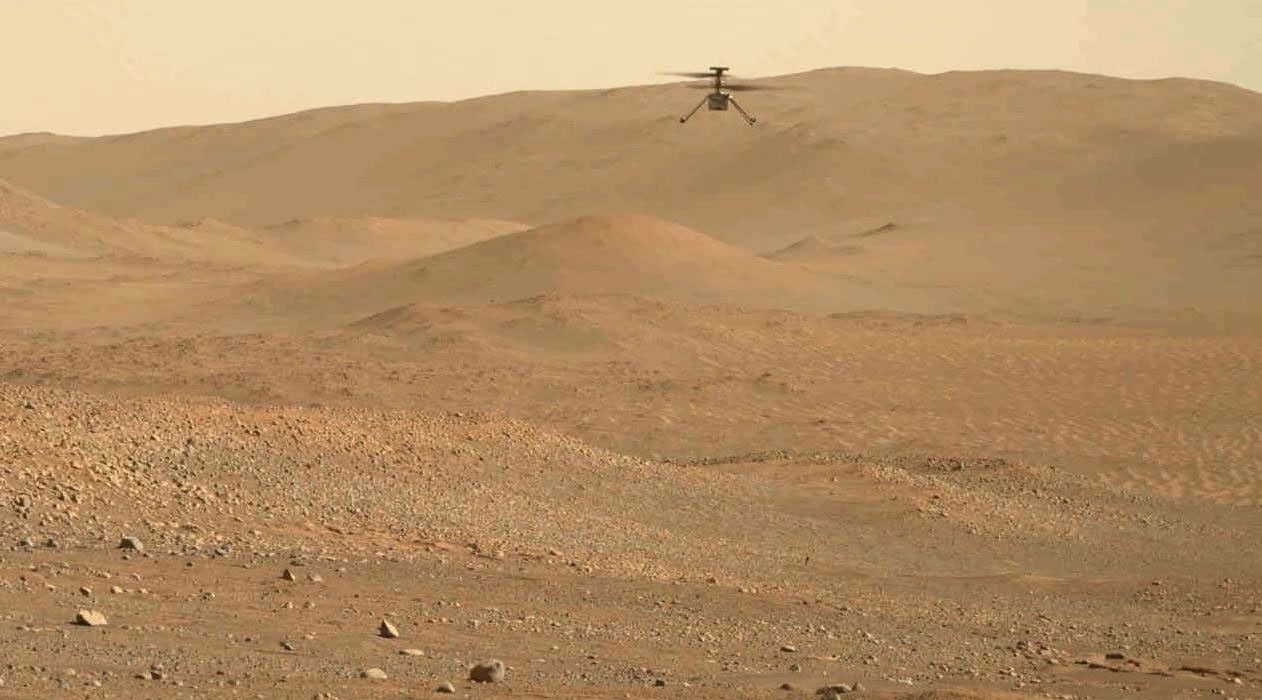
“Helicopter flies on Mars” is really straight-forward and yet really awesome technology demonstration. Ingenuity, the little dual-rotor drone that hitched a ride to Mars with the Perseverance rover, immediately captured public imagination as it flew flight after flight after flight in the thin alien atmosphere of Mars, demonstrating powered aerodynamic flight on another world for the first time. Five planned flights over a single month turned into seventy-two flights across three years, as Ingenuity scouted the Martian landscape alongside Perseverance. Technology sufficiently demonstrated, it seems inevitable that more Martian helicopters will follow.
6. The James Webb Space Telescope
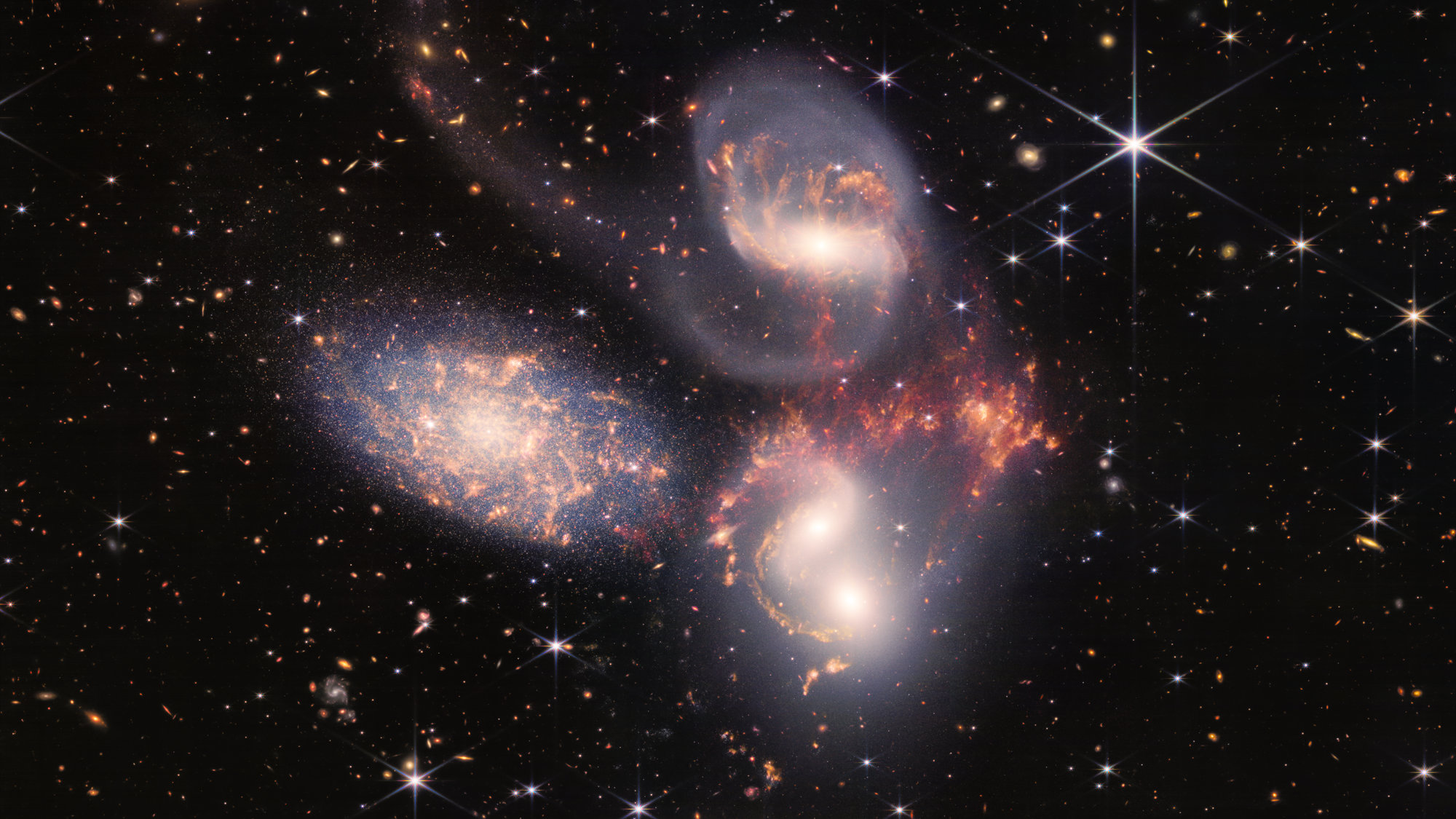
Despite decades of schedule slip and billions of dollars of cost overruns, when the James Webb Space Telescope finally made it to the launch pad everything worked wonderfully. The Ariane 5 rocket performed a spectacular Christmas launch in 2021, resulting in JWST having enough propellant for years beyond its planned decade of operation. The telescope, on its multi-million kilometre trip to the Sun-Earth L2 point, conducted a nail-biting sequence of hundreds of deployments, where any failure could ruin the entire telescope, and it performed flawlessly. As the spacecraft and sensors were cooled to the near absolute-zero temperatures required for mid-infrared imaging, we waited with baited breath for the first images. Unlike Hubble’s initial botched optics, JWST returned images with clarity far surpassing its design requirements, revealing the universe like never before, and imaging the most distant galaxies ever seen.
5. Falcon 9’s first landing
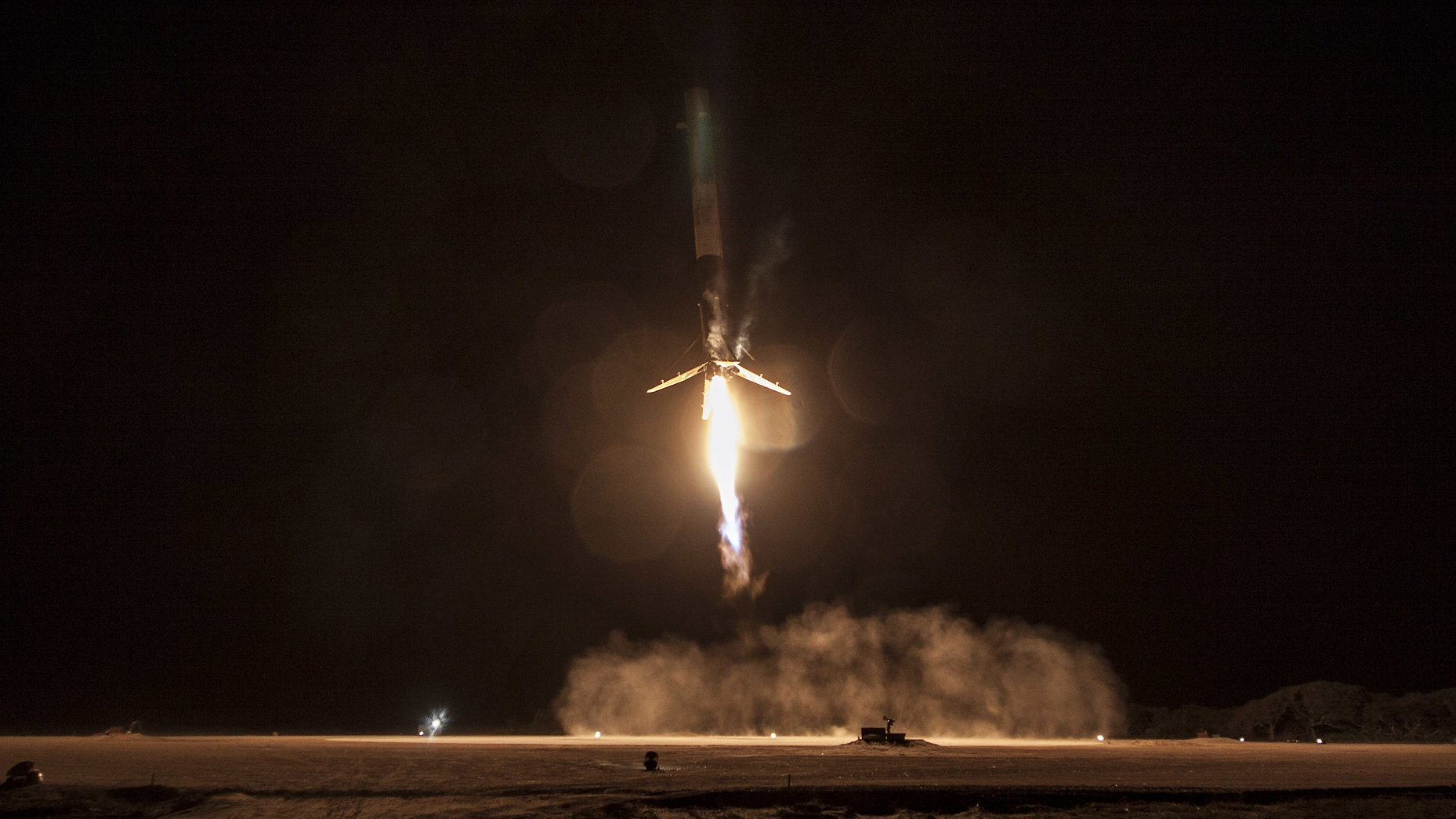
SpaceX’s Falcon 9 launch on December 22, 2015, was notable for several reasons. This was the first Falcon 9 launch in six months because their previous rocket had broken apart mid flight, so there was a lot riding on a successful mission. Ambitious as ever, SpaceX was also debuting a new and upgraded version of Falcon 9 with larger fuel tanks, more powerful engines, and a new and experimental propellant densification procedure. To top it all off, SpaceX was aiming for their first successful landing of a Falcon 9 rocket. They had already been trying and failing to land their rockets at sea, but teams were confident they had ironed the kinks out, and this time they targeted a concrete pad back near the launch site. Up the rocket soared, and then back it came. Just as planned, engines reignited, landing legs deployed, and the massive booster gracefully touched down on the landing pad.
As someone who had been following SpaceX’s earlier landing attempts, the moment was magical. It wasn’t very reusable yet, and the initial recovered Falcon’s would be lucky to get a second flight, but they had landed. The rest, as you say, is history, with over 300 landings and reflights in the decade since. Falcon landings have now become routine and even mundane, but that first time was truly special. Do yourself a favor and spend a couple minutes watching this recap:
4. Curiosity’s (and Percy’s) 7 Minutes of Terror
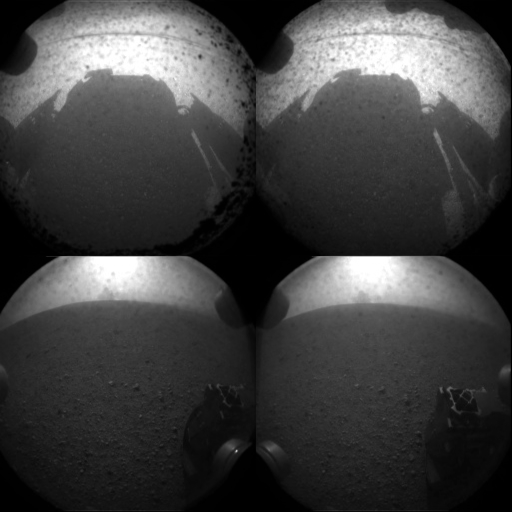
When the Curiosity rover was preparing to land on Mars in 2012, the plan seemed crazy. Curiosity would hit Mars’s atmosphere at interplanetary speed, cocooned in a protective aeroshell and heat shield. After bleeding off a lot of speed and heat, a parachute would deploy into the supersonic airstream, inflating in an instant. Then the heat shield would drop away, revealing the SUV sized rover and its ludicrous landing system. There was no traditional lander like Viking, there were no inflatable airbags like Spirit and Opportunity—Curiosity would touch down directly on its own six wheels. As Curiosity neared the surface, the rover would be released out of the aeroshell and away from the parachute, and a rocket powered backpack would ignite to bring Curiosity to a hover mere metres above the surface. Then the rover would be dangled, lowered on cables from this backpack turned rocket sky crane. It’s wheels would fold into position and as soon as it touched the surface, the cables would be severed and the sky crane would fly harmlessly away.
It seemed insane, but it worked. We didn’t have live images during the 7 minutes of terror—named for the 7 minutes between hitting the Martian atmosphere and final touchdown. We didn’t even have direct command, since all information from the Rover would take over 20 minutes to reach Earth at the speed of light. Mission controllers in JPL simply watched the basic telemetry, reporting the state of the spacecraft and noting important milestones, until the exhilarating callout “touchdown confirmed, we are safe on Mars”. In the minutes that followed, the first images from the surface were beamed to Earth, showing Curiosity’s shadow. After that remarkable success, the Perseverance rover landed the same way nine years later with several higher resolution and higher frame-rate cameras to film the entire landing:
Of course, landing was just the beginning for the nuclear powered roving science lab, and Curiosity quickly got to work drilling, zapping, and photographing all sorts of fascinating Mars rocks, and it still is. Perseverance brought new capabilities to a new location, and is gathering the most carefully curated collection of Mars samples a geologist could ever hope for.
3. Starship Test Flights
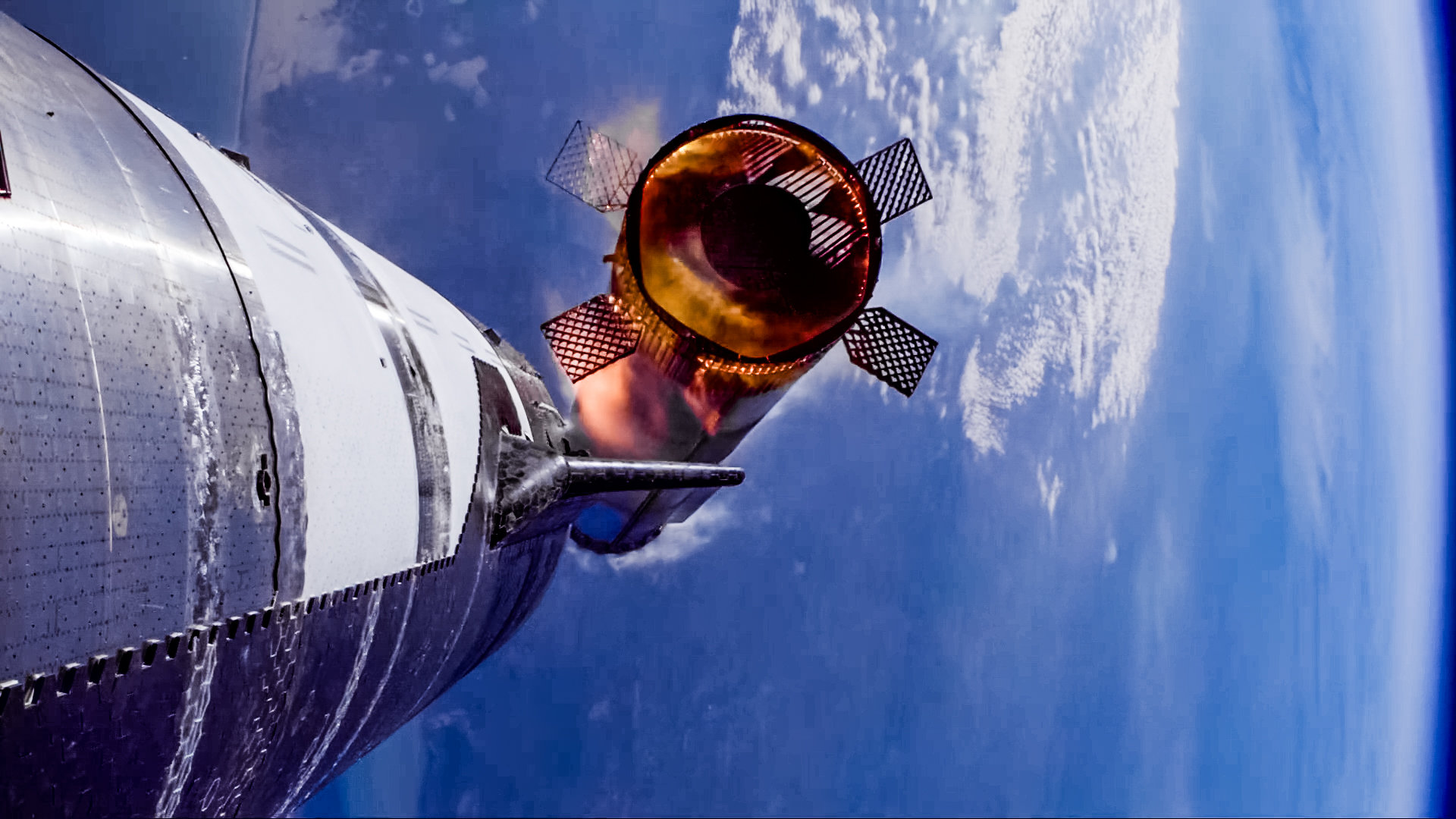
If I was placing Starship on this list for its potential, it would be the top spot, but the things that Starship will one day accomplish belong to the next quarter century, not to this one. Instead, it is for pure spectacle that Starship gets such a high position on my list. The most powerful rocket in history by a factor of two, the SpaceX Starship is easily the most ambitious space vehicle ever developed. Designed for complete reusability, the Starship rocket has to operate right at the edge of possible in order to maintain the margins needed to even reach orbit and safely return. The booster, called Super Heavy, operates much like a Falcon 9, but the ship (confusingly called Starship, the same as the complete rocket) has to operate somewhat like a Space Shuttle on steroids. Thrillingly, development has been iterative and quite literally out in the open. We’ve watched SpaceX work their way up from having trouble keeping simple fuel tanks from bursting, through simple hop tests, to high altitude landing tests, to all out test launches.
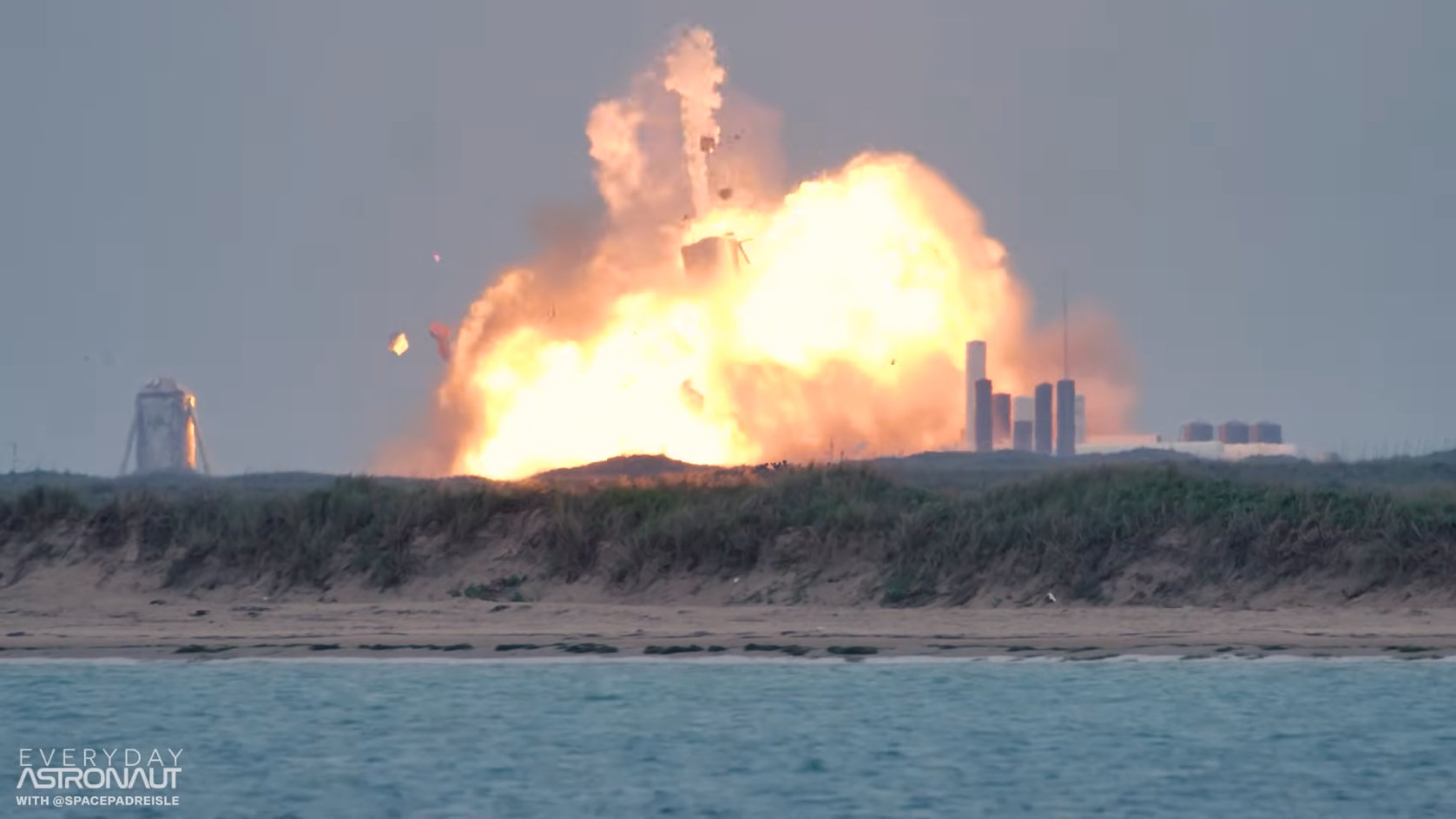
Starship started as scrappy as can be, with people welding together steel sheets in an open field. Then they got a tent, some fuel tanks, and a concrete pad. The first prototypes were ugly, and often blew up, but by late 2020 the ship prototypes were really taking shape, and we got the first of a series of high altitude landing tests. When Starship Serial Number 8 (SN8) leisurely lifted off on the first such test, I don’t think anyone watching really knew what the flight was going to entail. Unlike a normal rocket launch, SN8 didn’t pick up speed, and as we watched it slowly climb up one kilometre at a time, one of the three engines shut down. In the moment, we weren’t sure if the engine was supposed to shut off, or if it had failed. The rocket seemed to continue, and then after a second engine went out, the flight plan started to make a little bit of sense. At somewhere around 12 km altitude, the remaining engine throttled down to a hover. Starship hung there for a moment and then the engine tilted over and shut off, tipping the rocket horizontal. As it began to fall, flaps on the side of SN8 sprang to life and controlled the descent like a skydiver until right before it hit the ground. In the last moments two engines reignited to flip the rocket back to vertical and almost to a safe landing. After a few more flights, SpaceX did nail the landing, proving a brand new recovery technique for a rocket.
As soon as that had been accomplished, SpaceX moved on to building the booster and the orbital launch pad. Aside from the occasional engine test, there wasn’t much to get excited about for a few years, until the integrated flight tests began in 2023. A program already littered with explosions seemed likely to produce a few more, and the carnage began right at liftoff of the first integrated flight test. The absolute power of nearly three dozen rocket engines demolished the concrete under the launch pad, sending massive chunks of debris flying into the air, even above the top of the rocket. As it crept into the air, multiple engines could be seen to be off on the Super Heavy booster, and more engines failed as it continued to fly. Parts of the booster seemed to explode, generating debris, until finally the rocket spiraled out of control before exploding completely. Despite the apparent complete failure, SpaceX was jubilant, the rocket had flown. So many things needed fixing, but that was the point of a test flight, to find what was broken. For outside observers it was thoroughly entertaining.
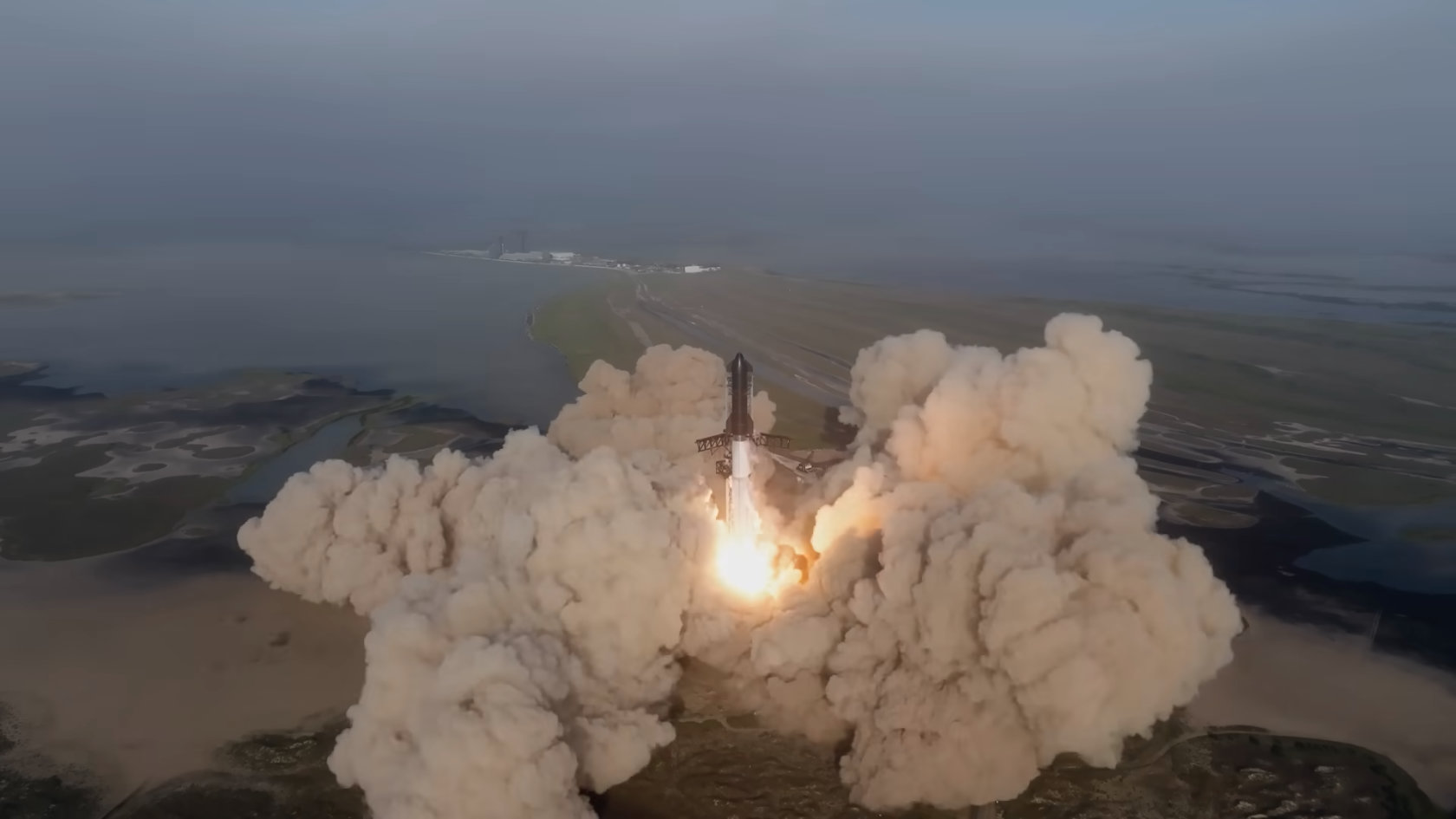
And so SpaceX rebuilt the pad, and the second test went much further before also exploding. The third went further still, reaching space for the first time. Flight four ended up a near unmitigated success. Liftoff went perfect—the engines nearly all worked. When the stages separated, the booster successfully turned around and came to a hover right on target above the Gulf of Mexico. The ship carried on into space, and then provided the most incredible live reentry views ever seen. The usual blackout period associated with the plasma of orbital reentry was replaced with high definition live video relayed via Starlink, and we watched as a glow began, followed by streaks of material eroding away as reentry became more violent. One of the forward flaps began to glow red-hot as the plasma burned a hole through it, and yet we could still see the flap moving, controlling the orientation of the ship. Finally, the plasma receded, and the metal cooled, and under the cover of darkness Starship ignited its engines in the same flip and burn technique demonstrated two years prior, coming to a soft splashdown in the Indian Ocean, as planned.
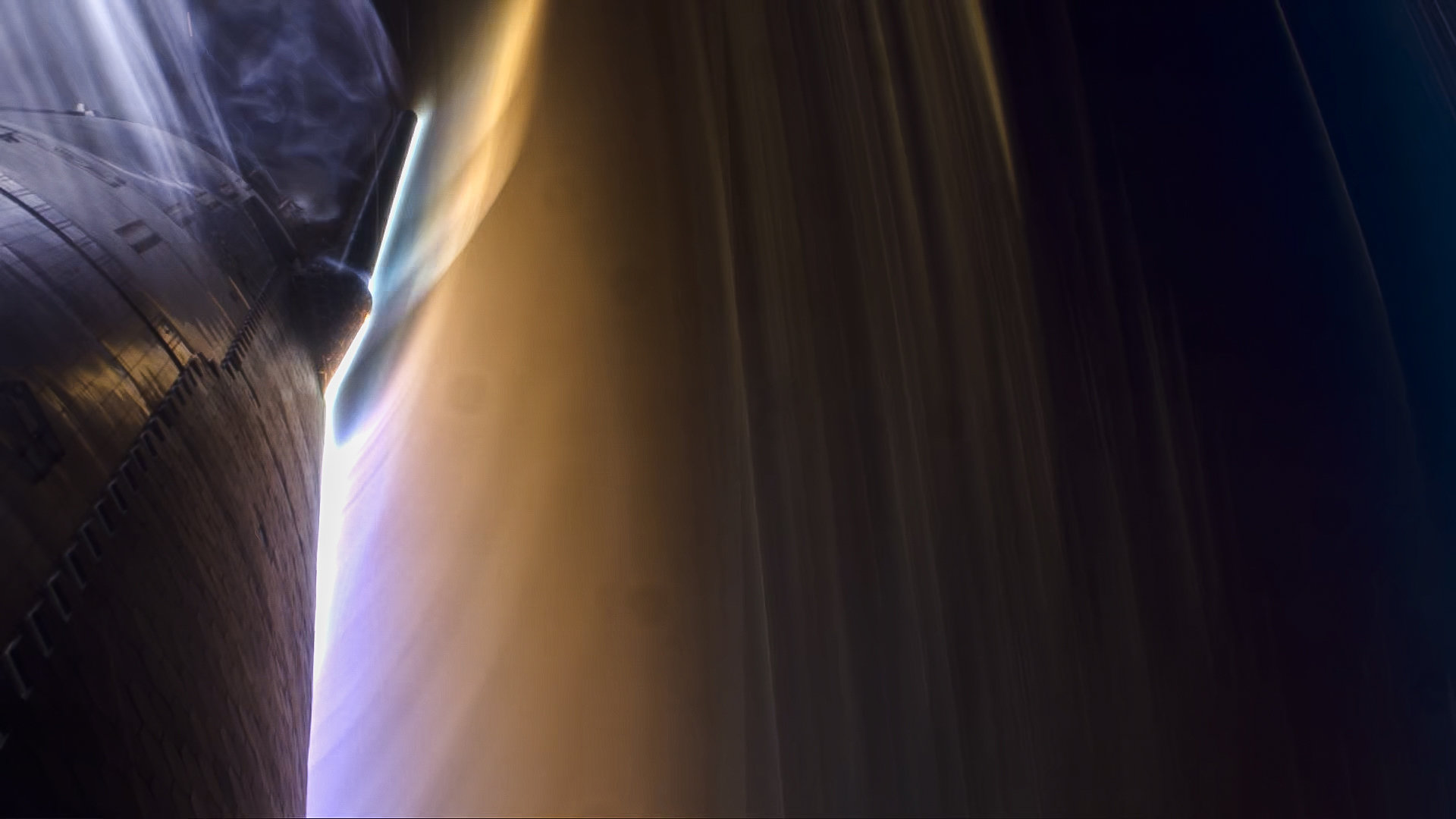
With the booster performing so well on flight four, the plan for flight five included returning directly to the launch pad to be caught by the launch tower. Again, everything went perfectly during launch, but this time the booster reappeared over the launch pad, a metal skyscraper riding a pillar of flame, and as it slowed it maneuvered right into the embrace of the launch tower ‘chopsticks’. It felt like the first Falcon 9 landing all over again, surreal and incredible as the engines shut off and the booster just hung there, as if the tower was lifting it up to prepare for another launch. Not to be overshadowed, the ship with its upgraded heat shield once again streamed live video of atmospheric entry, and this time it seemed to suffer a lot less damage. All questions of the ship’s reentry accuracy were answered when the live feed switched to a camera on a pre-placed buoy, showing the final soft splashdown of the ship, and confirming that the ship was right on target. Starship’s continued development is pure engineering on display, and it is absolutely thrilling to watch as SpaceX solves problem after problem in their pursuit of the ultimate rocket.
2. The International Space Station
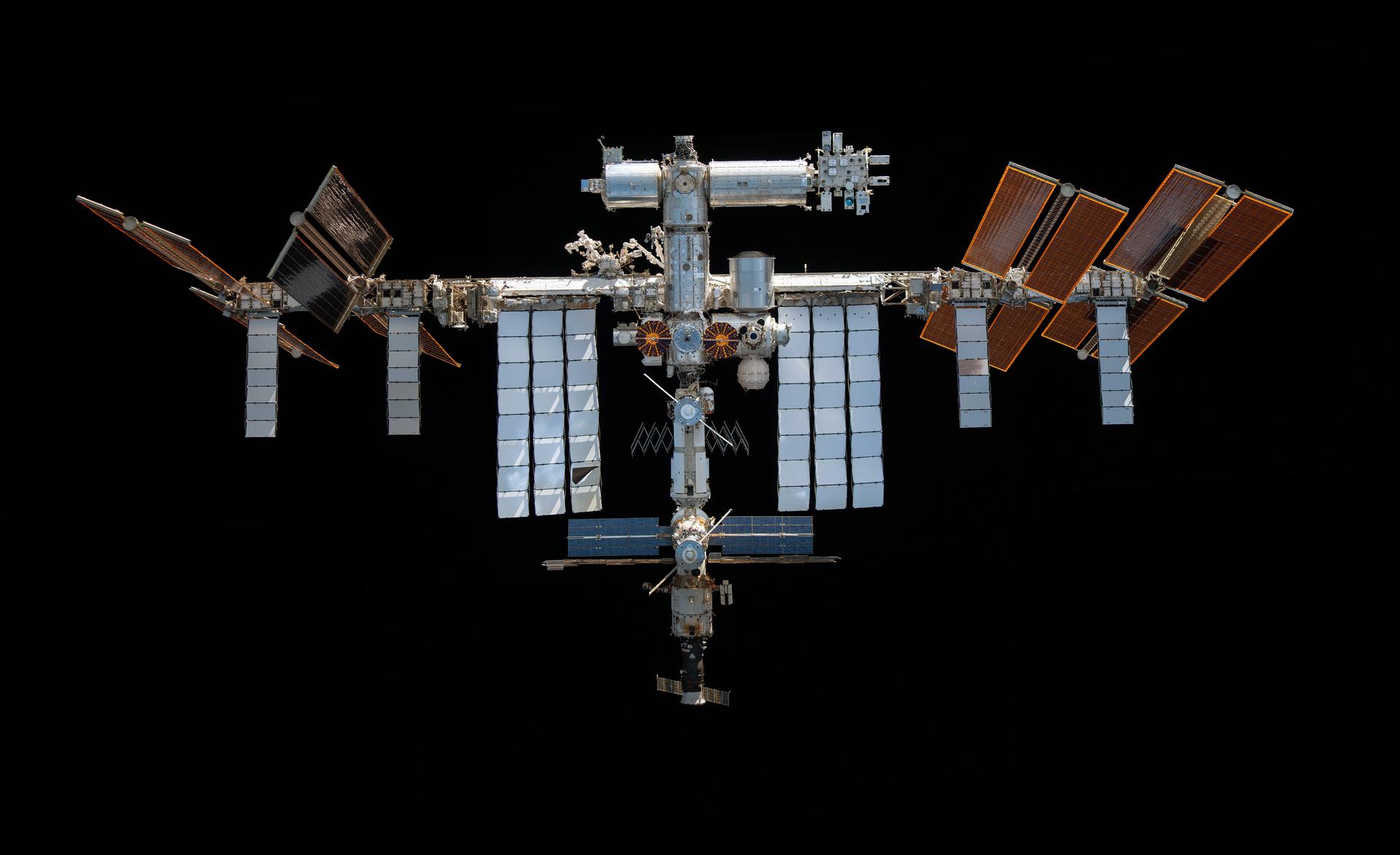
The International Space Station seems like it has been around forever, especially for people like myself, since it has been in space for as long as I’ve really known what a space station is. And yet, it really is a project mainly belonging to the last 25 years. The ISS is the largest and longest operating space station in human history, and it is the most expensive single space project ever undertaken (and perhaps the most expensive single object ever constructed). These were thrilling factoids to a younger me as I was first getting excited about spaceflight, though perhaps the high cost is not actually something to be excited about. What is worth getting excited about is the lasting legacy the ISS will leave behind, one of engineering prowess, scientific study, and space commercialization.
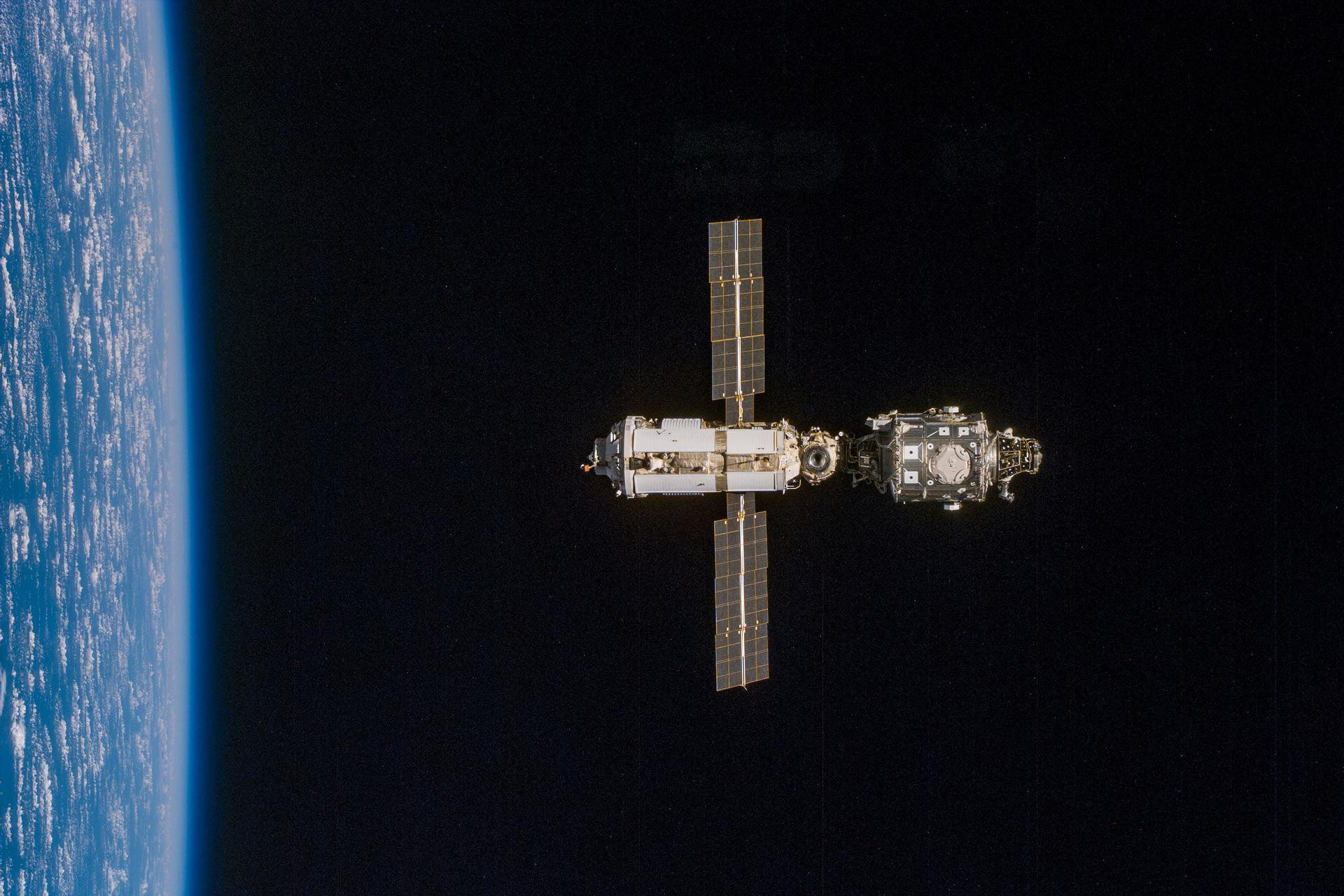
When the clock struck midnight on New Years day, 2000, there was not a single human off the planet Earth. The Mir space station sat empty, awaiting it’s final crew, and the International Space Station was nothing more than a couple haphazard looking modules, not yet able to sustain a permanent crew. The year 2000 was pivotal for the station program, as it would see a third habitation module and the first of the massive power trusses and solar arrays installed. On October 31, 2000, the crew of Expedition 1 launched for the first long duration mission to the ISS, beginning the ongoing permanent presence of humans in space.
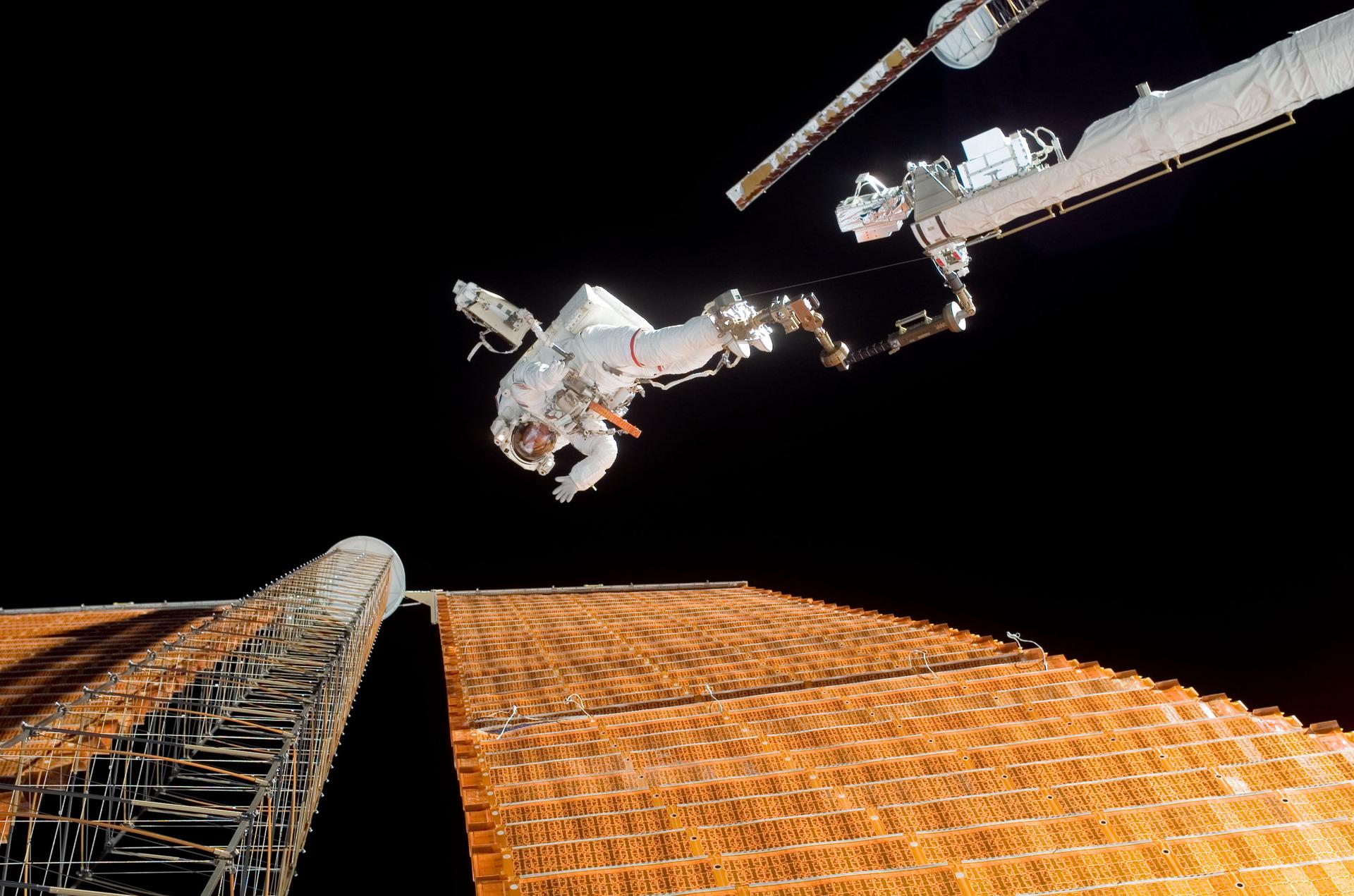
For the ISS, the first 11 years of the millennium were a period primarily dominated by assembly, with the Space Shuttle performing several flights per year to the station (excepting the grounding following the Columbia disaster). Ultimately, it would be the main completion of the ISS that marked the end of the Space Shuttle program. In total, the Space Shuttle made 37 flights to the ISS from 1998 to 2011.
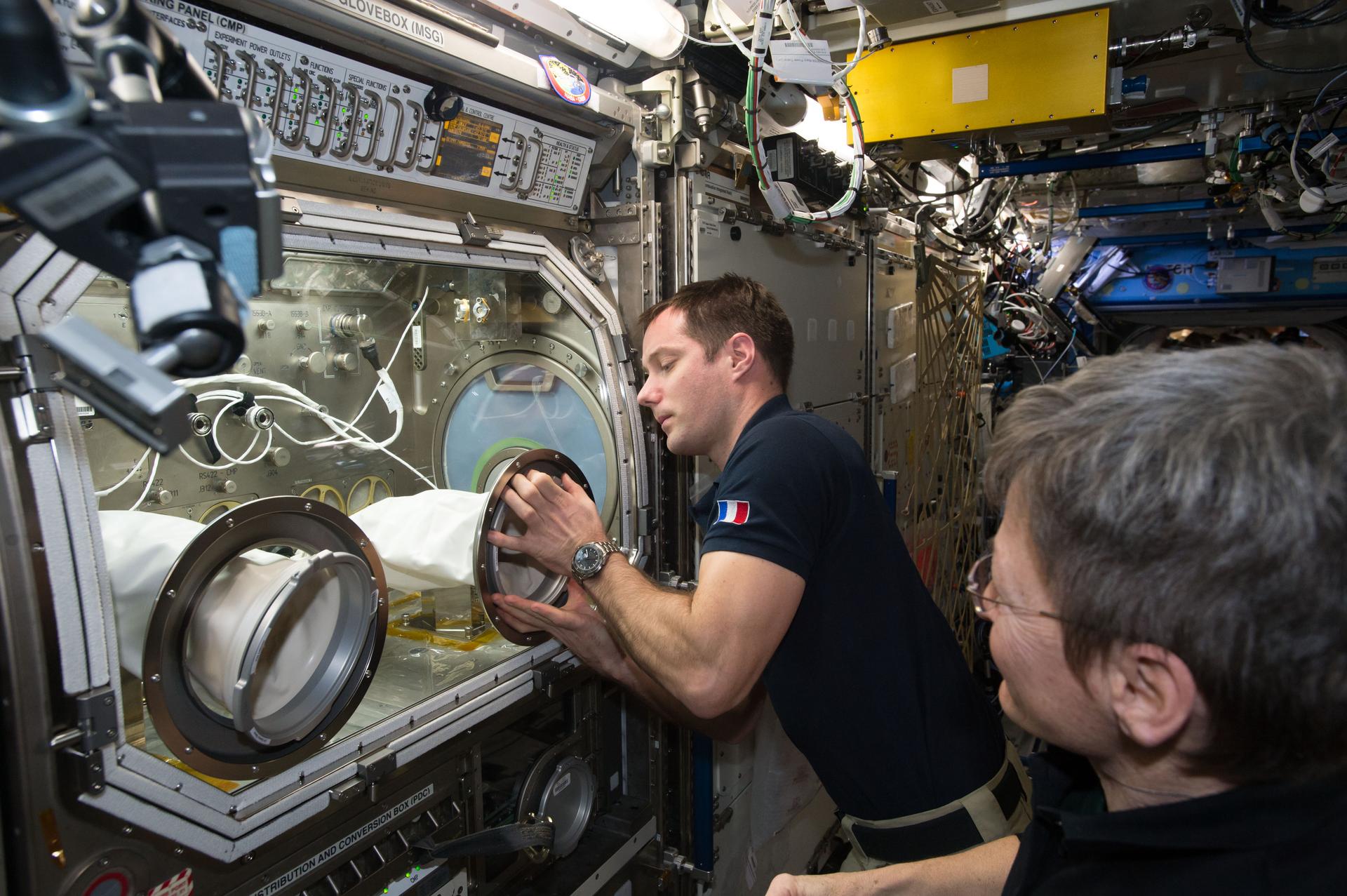
After 2011 the focus shifted to trying to utilize and maintain the orbiting science lab. The station has turned into a testbed for life support technologies, biological research, human health studies, and basic physics research. The station also serves as a platform for Earth observations, telescopes, and other external science instruments. Perhaps most important has been the extensive study of long duration microgravity on the human body, including several astronauts who have spent nearly year long missions aboard.
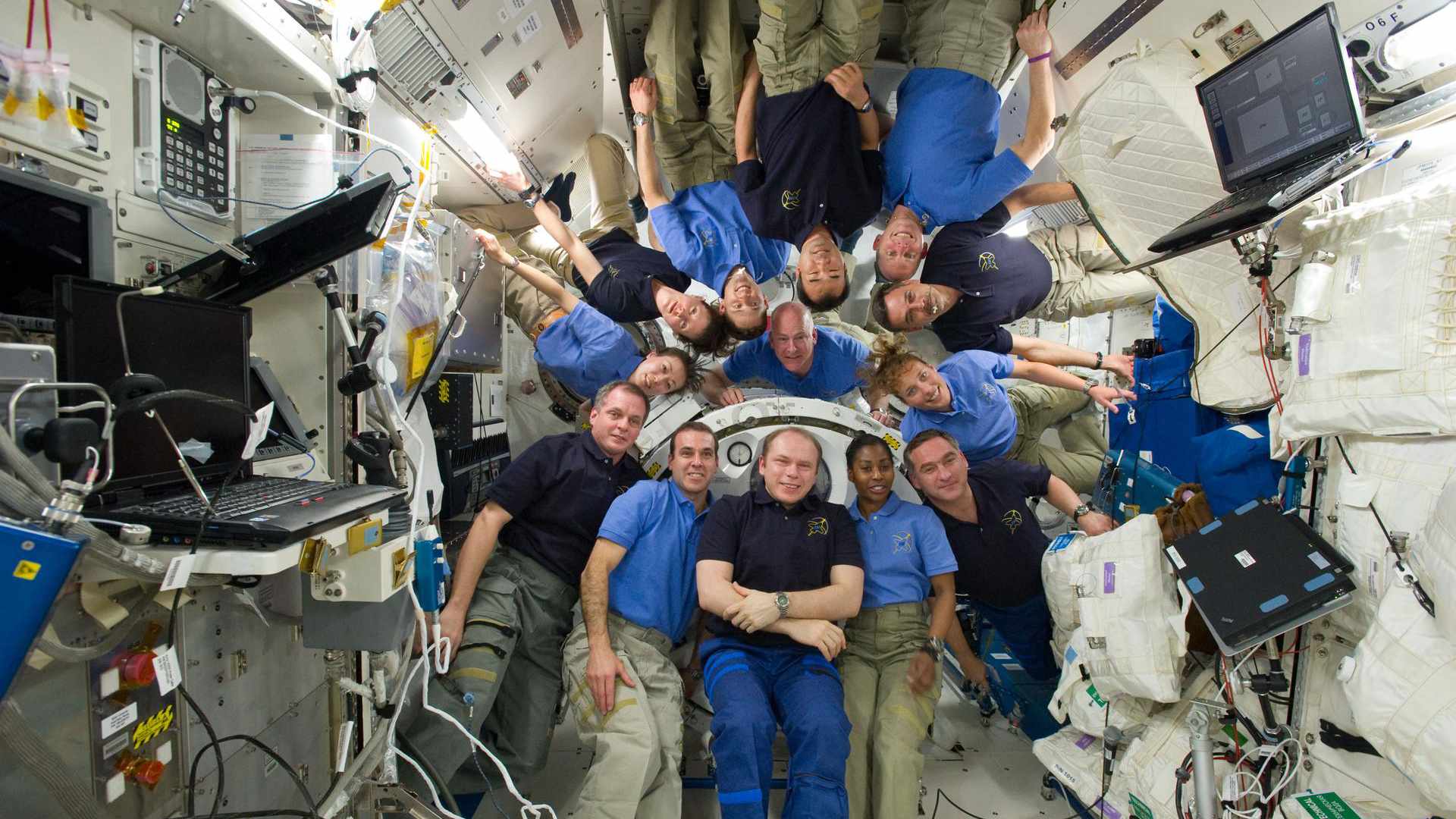
NASA also began to foster commercial use of the station, and commercial services for the station. Commercial cargo vehicles were developed by SpaceX and Orbital Sciences, and small commercial modules have been added to the station itself, including the first inflatable station module and a cargo airlock. Private companies started developing experiments for the many science racks inside the station, studying crystal formation for new drugs, manufacturing high fidelity fibre optic cable, studying cancer cell growth, and much more. In 2020, commercial crew capabilities became operational with SpaceX’s Crew Dragon spacecraft, and NASA began allowing fully private missions to visit the Space Station for weeks at a time, which has enabled private individuals and national astronauts from outside the ISS partner nations to visit the ISS and perform experiments.
In total, 280 people from 22 countries have visited the ISS so far. Most have been from the member states that contributed to the station, America, Russia, many European countries, Japan, and Canada, but also the first Emirati, Saudi, and Brazilian astronauts, among others. Even back in 2001, Dennis Tito became the first space tourist when he paid the Russians for an 8 day visit to the station.
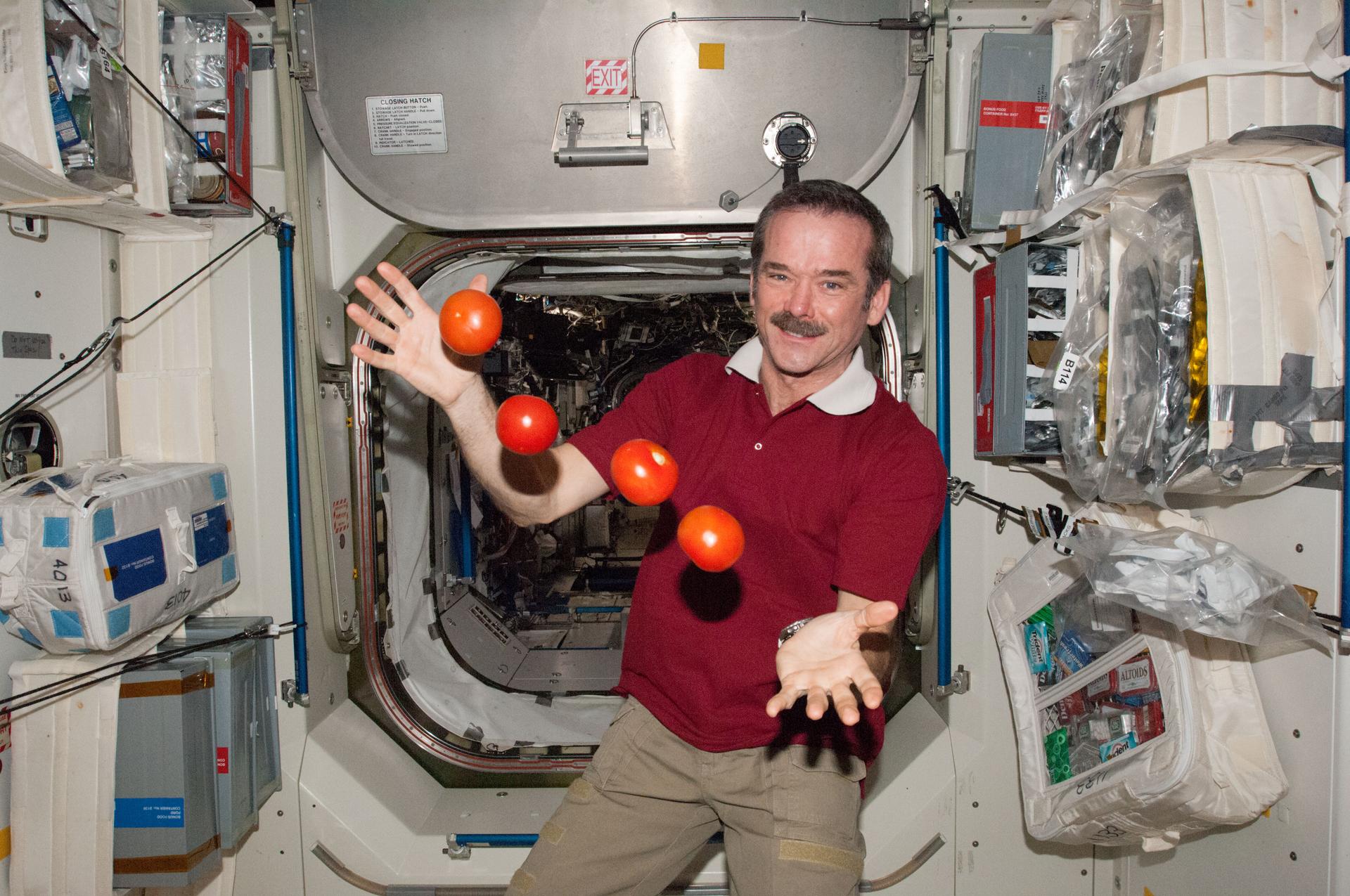
Regardless of whether or not you think the ISS has been a waste of money, or has failed to deliver good research, or has outlived its usefulness, it has been the centre of human spaceflight for the last 25 years, and as such it has shaped the imagination of many people, including myself. When Chris Hadfield spent six months on the ISS in 2013, I became seriously interested in spaceflight. Having already been introduced to Kerbal Space Program and familiar with the Space Shuttle, I was primed for Hadfield’s excellent public outreach to send me down the spaceflight rabbit hole. I spent countless hours reading the wikipedia pages for the ISS, the Space Shuttle, and other space missions, learning more and more about what was happening in spaceflight, including learning about SpaceX and their Falcon 9 and Dragon. Public outreach has been one of the enduring legacies of the ISS program, with many astronauts going above and beyond to share life from orbit with people down on Earth.
1. New Horizons reveals Pluto
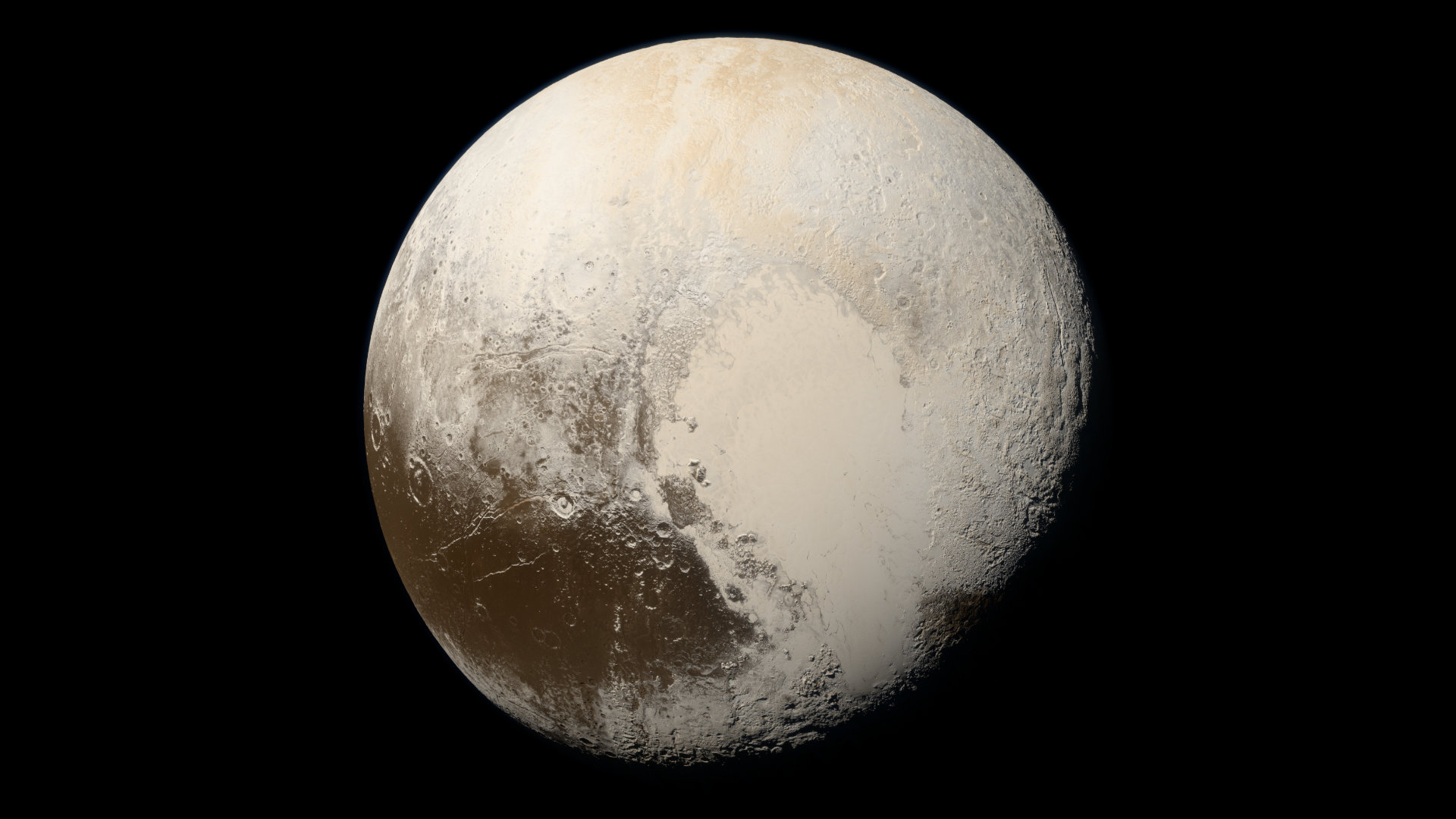
The exploration of Pluto may seem an odd choice to top this list, but for me, New Horizons is the greatest mission of exploration since the Voyagers’ grand tour. Pluto and its moons, previously just distant specs of light out in the cold dimness at the edge of our solar system, were revealed to be complex and fascinating worlds.
I was not alive for the original exploration of the planets. I grew up with pictures of Mars, Jupiter, and Saturn up on the wall in classrooms, and with images and descriptions of dozens of moons in the school library or available online. The days of the Mariners, Pioneers, and Voyagers were long over, and yet, with New Horizons, I could experience brand new planetary exploration in real time.
After decades of proposals and ideas for a Pluto flyby, the New Horizons spacecraft was finally selected by NASA and lifted off in early 2006 on a mission to complete the reconnaissance of the planets. Later that year the IAU ripped away Pluto’s status as planet 9, but the allure of Pluto was not diminished. Even while New Horizons was being built, additional small planets were being discovered out past Neptune: Quaoar, Sedna, Orcus, Haumea, Eris, and Makemake, with Gonggong only discovered after New Horizons had already launched. These largest of the trans-Neptunians match the count of the traditional planets, and yet we knew almost nothing about them.
It took nine long years for New Horizons to reach Pluto, but the distance was so great that to do so in only nine years took incredible speed. That great speed meant that when New Horizons got to Pluto, it wouldn’t be able to stop. There would be only a matter of days between when New Horizons would begin to resolve surface features and when it would fly right on past Pluto with no chance to stop. Everything hinged on the single fly-by in 2015.
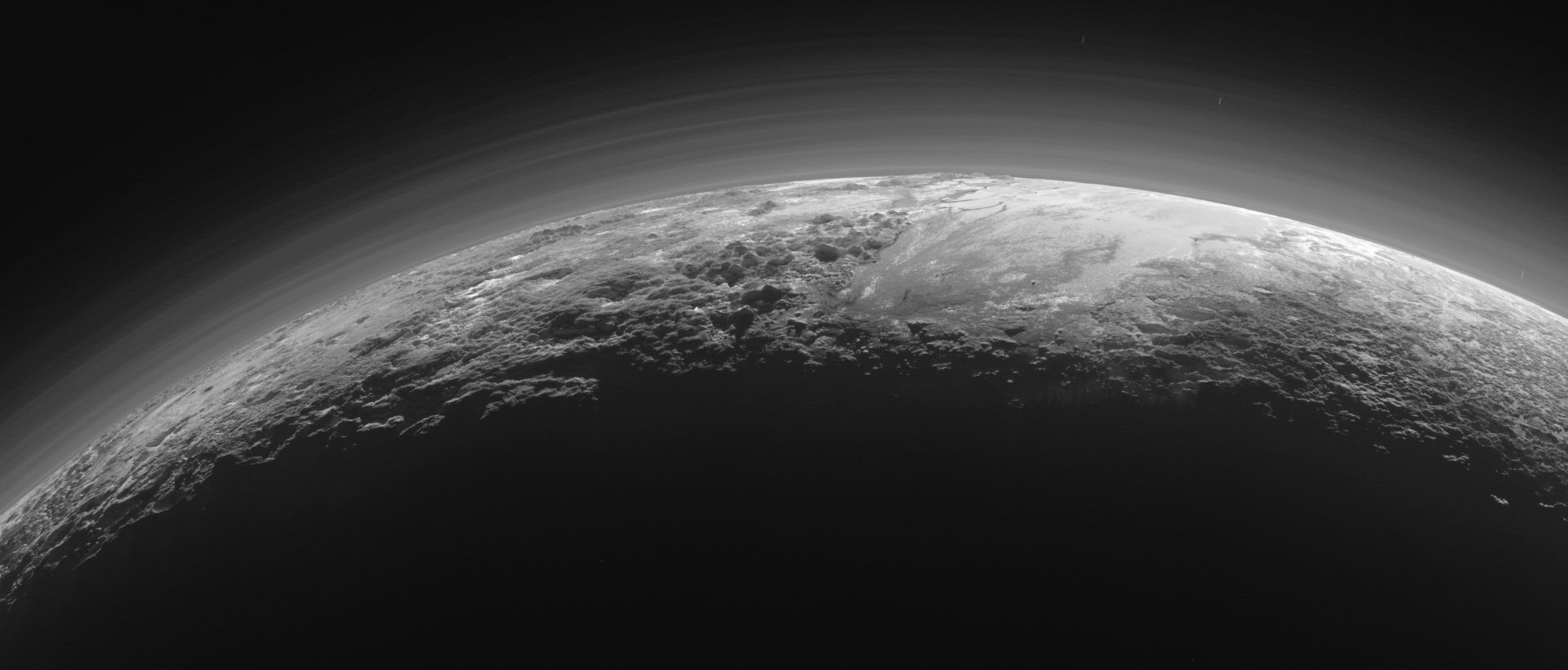
I vividly remember following the flyby as over the course of mere weeks Pluto went from a point of light in New Horizon’s cameras, to a disc, and then got ever larger and more detailed. Then we waited with baited breath as the spacecraft flew by Pluto at a distance of only 12,500 km and at a speed of 13.78 km/s. The spacecraft operations were meticulously pre-planned down to the second in order to maximize the science gathered during those crucial hours and minutes that were the entire purpose for the mission. We waited some more, a full 13 hours for the spacecraft to turn its attention back to Earth, and then a full 15 months for all the data to downlink over so great a distance.
What amazing features did that data reveal. Pluto turned out to have rich and varied geology, with great plains of nitrogen ice alongside great mountain ranges of water ice. A thin atmosphere of nitrogen, methane, and carbon monoxide supports winds that have swept methane snow into dunes. The craterless and cracked surface of the great heart-shaped Sputnik Planitia indicates active geology that resurfaces parts of the planet on geologically short timescales. Evidence of glacial flows suggest possible cryovolcanism. Pluto is alive and changing in ways even Mars no longer does.
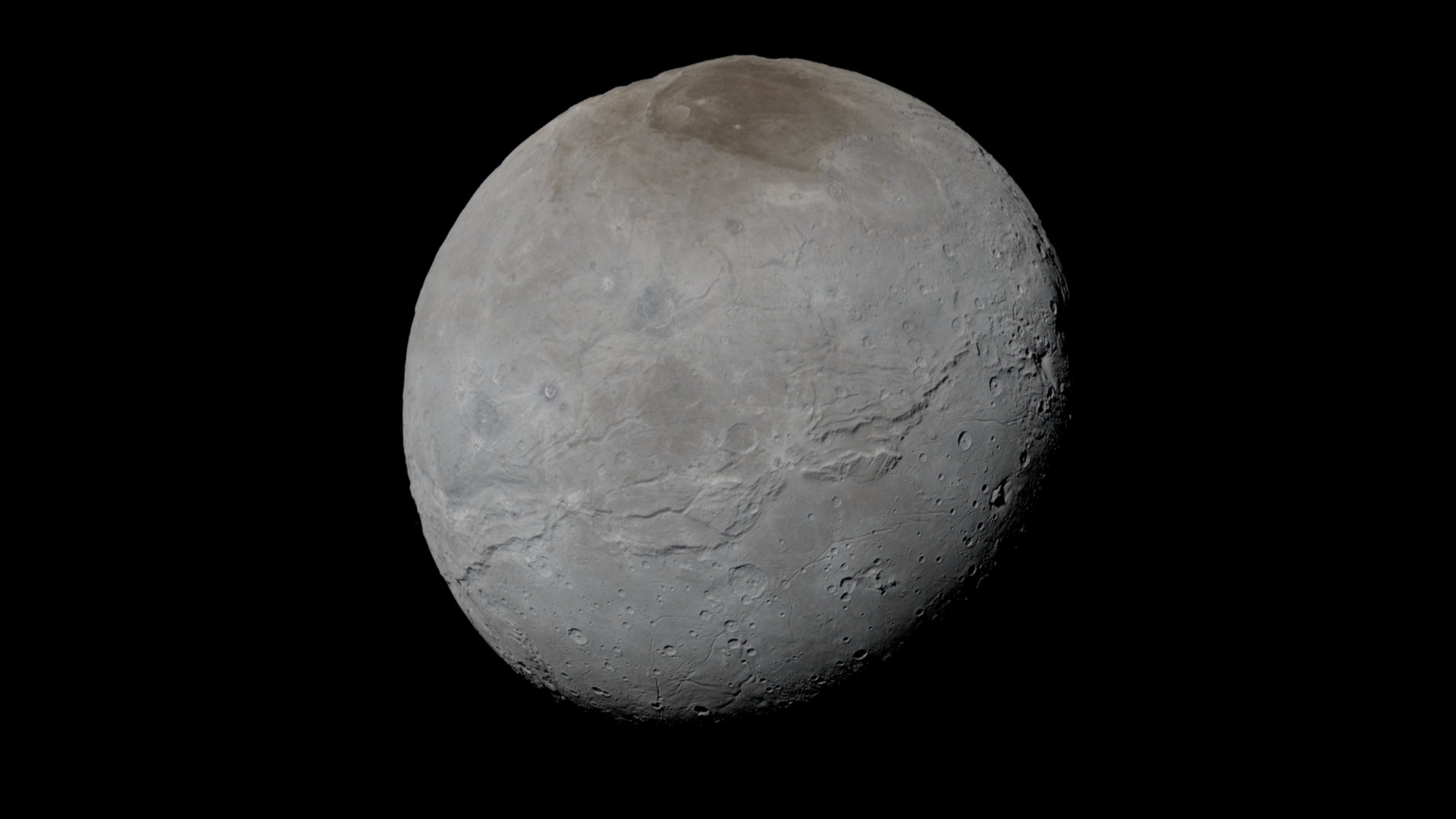
The orange-red colour that stains much of Pluto’s surface also stains the pole of Charon, Pluto’s largest moon, which is a full half the width of Pluto itself. The binary pair are tidally locked to each other, and it is possible that tholins from Pluto’s atmosphere have also deposited on Charon to stain it’s surface. Pluto’s other four moons were also resolved as small lumpy objects trapped in resonance with Charon and Pluto’s motion.
And yet the mission was not over, we got a bonus, a new and exciting add-on mission. Even while the Pluto data was being sent home, New Horizon’s trajectory was altered enough to fly past an even more distant object.
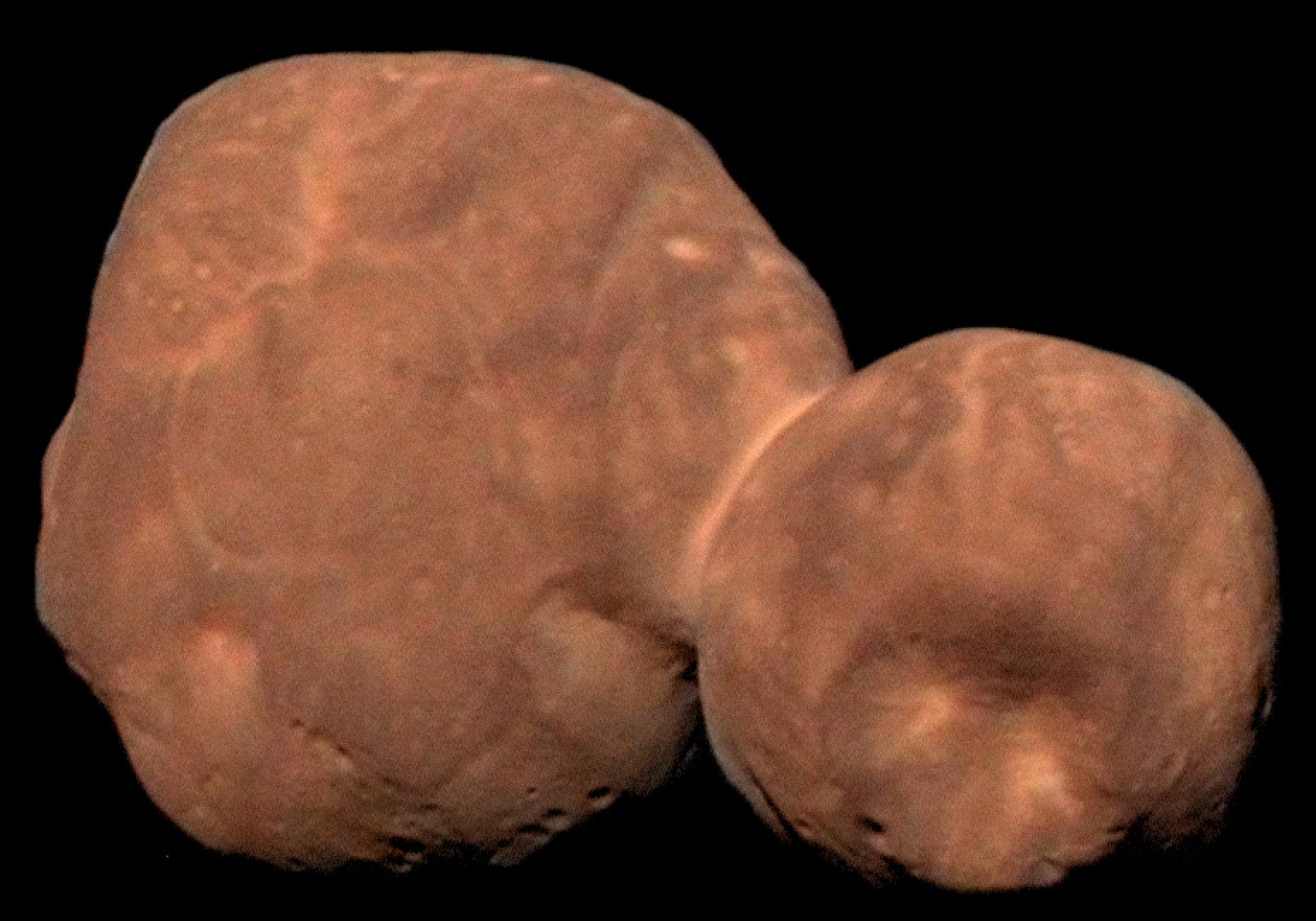
Kuiper object MU69, nicknamed Ultima Thule, would eventually be given the name Arrakoth after New Horizons whizzed past in 2019. Once again New Horizons visited the first of a new class of object, this time a small Kuiper belt object. Although Pluto and it’s dwarf planet siblings may be the kings and queens of the Kuiper belt, it is small objects like Arrakoth that make up most of the massive expanse out past Neptune. New Horizon’s flyby revealed an object unlike any asteroid we’ve yet seen. It is a contact binary made up of two somewhat flat lobes, and its surface is oddly smooth and distinctly reddish, with methanol and complex organic compounds detected on its surface.
Thus New Horizons is my number one on this list because it explored the most distant objects yet visited and revealed worlds both marvelous and surprising. True first order exploration like what New Horizons conducted is particularly exciting for me because the discoveries are so accessible to everyday people. “Pluto has mountains and an atmosphere and a giant heart shaped plain” is pretty easy for anyone to understand and appreciate. I wonder what other mysteries are lurking in the dark.
